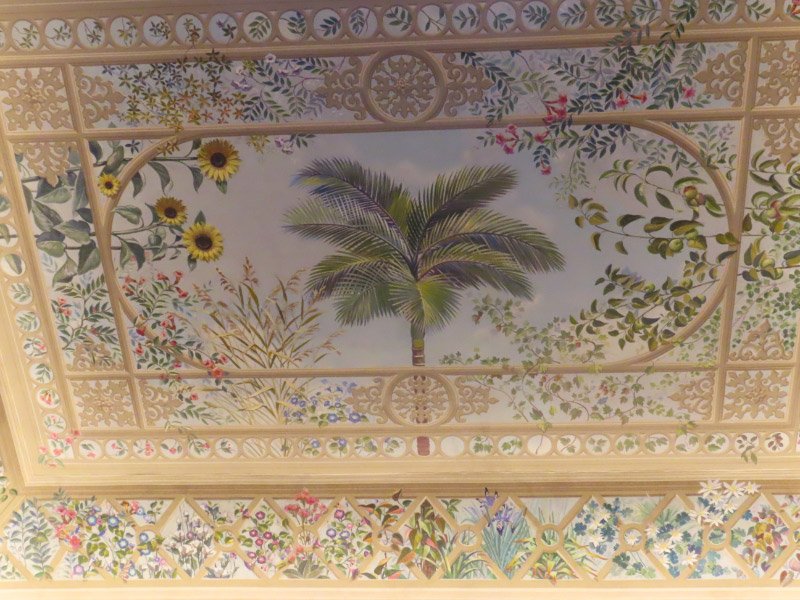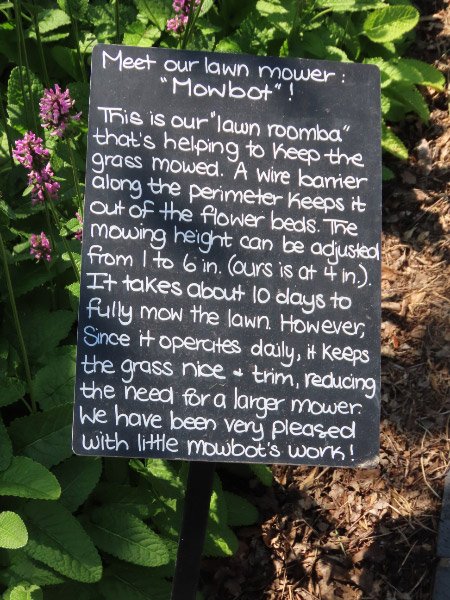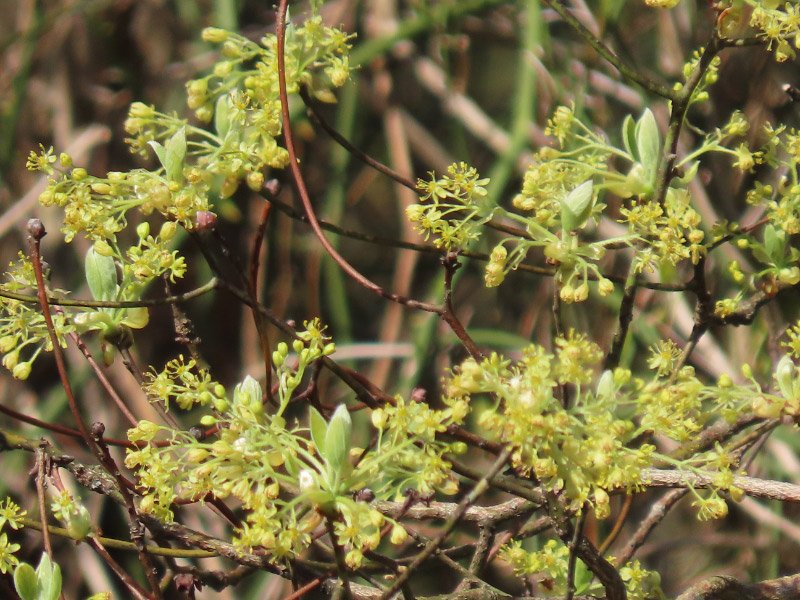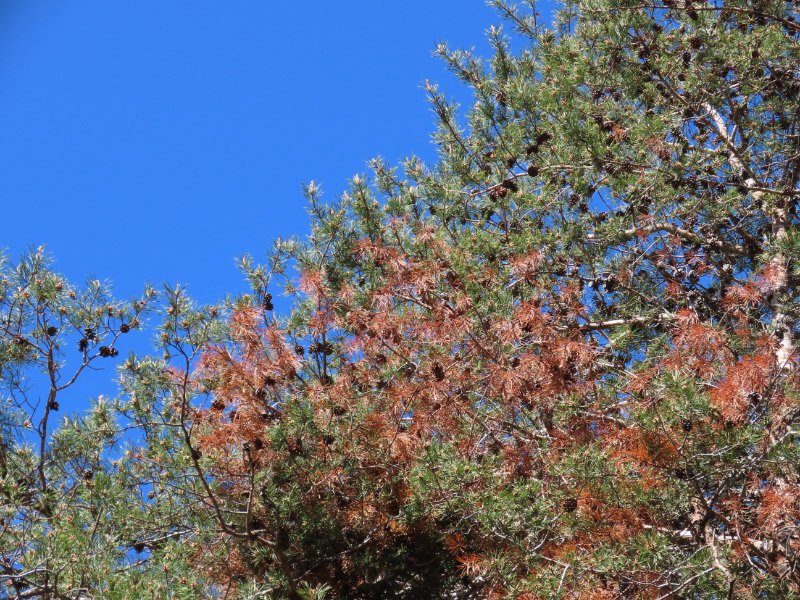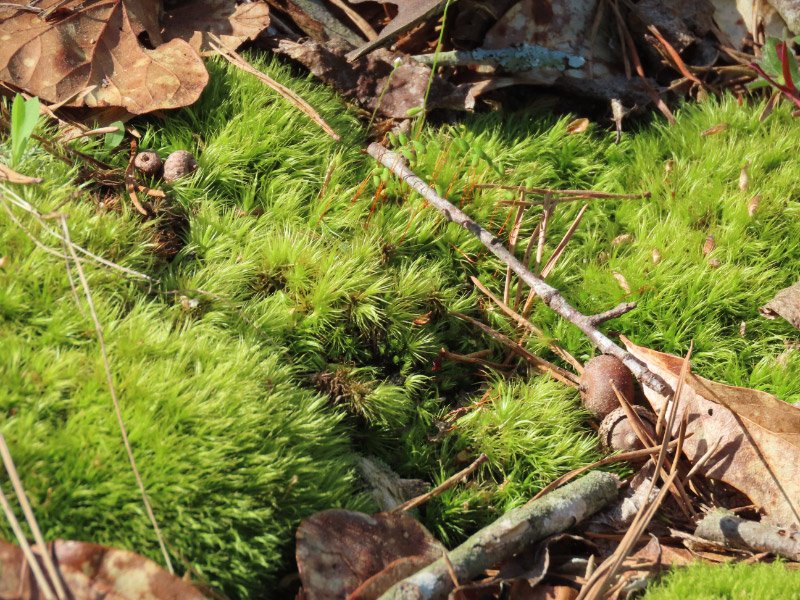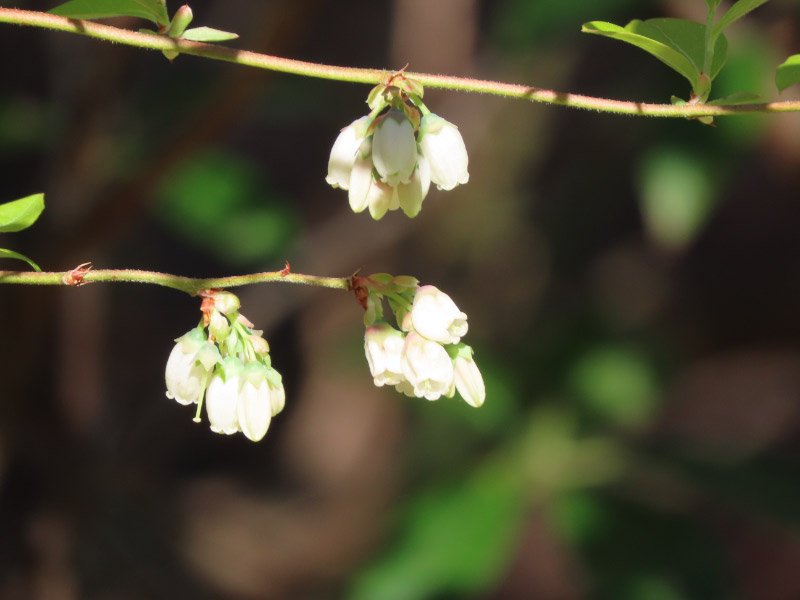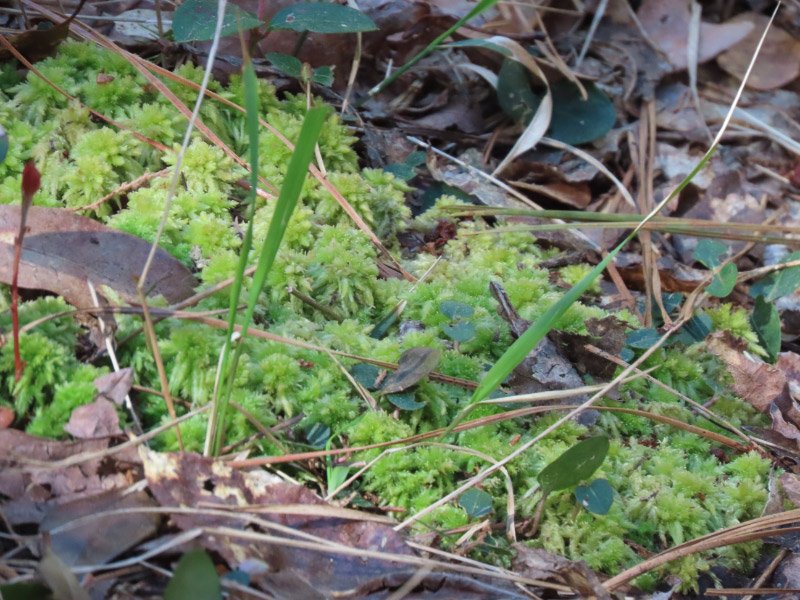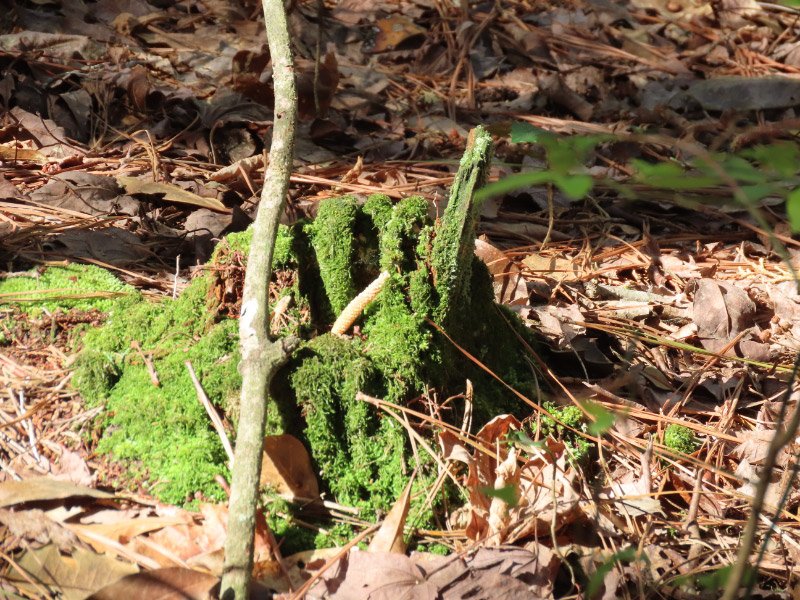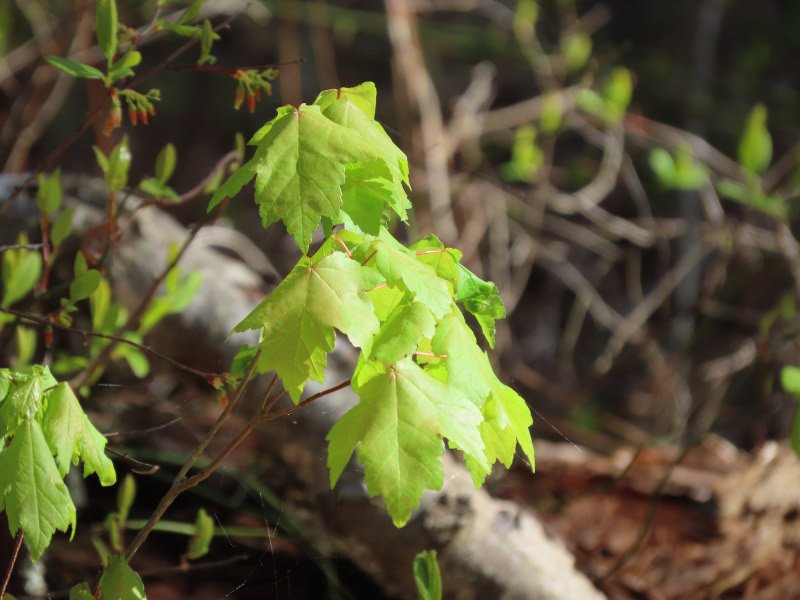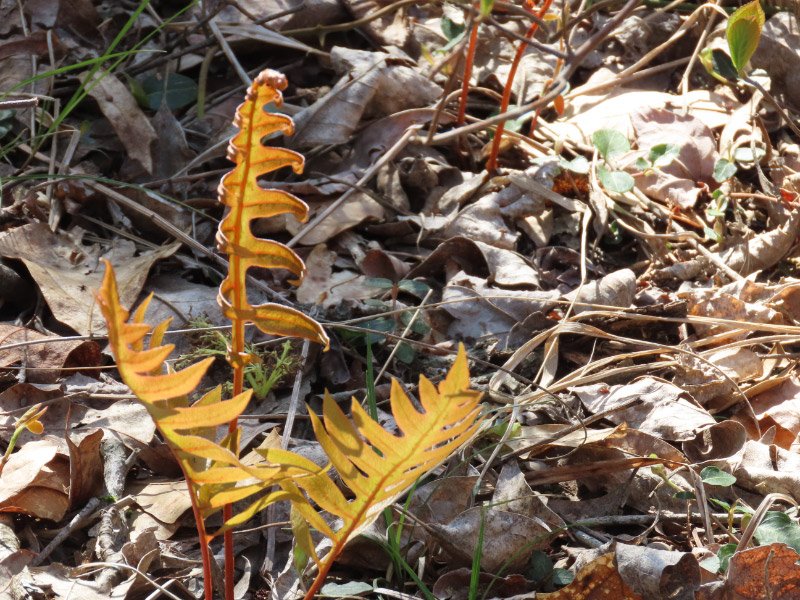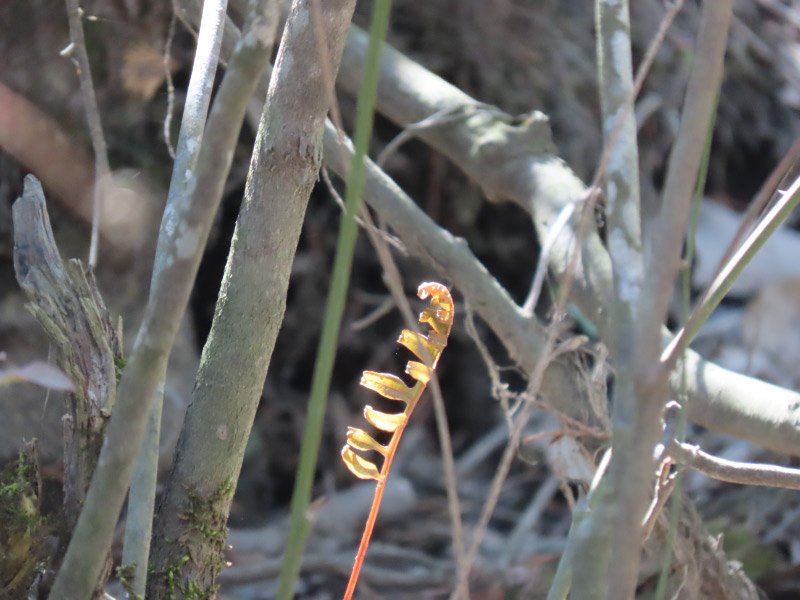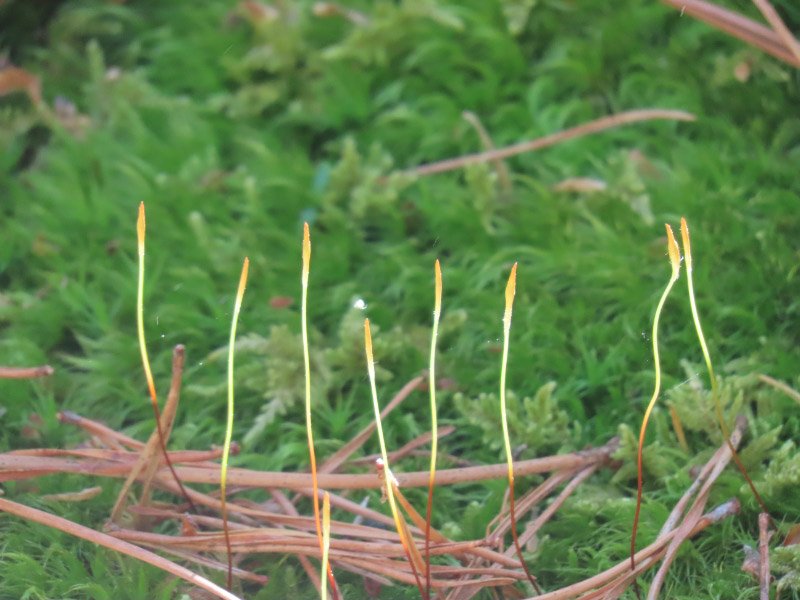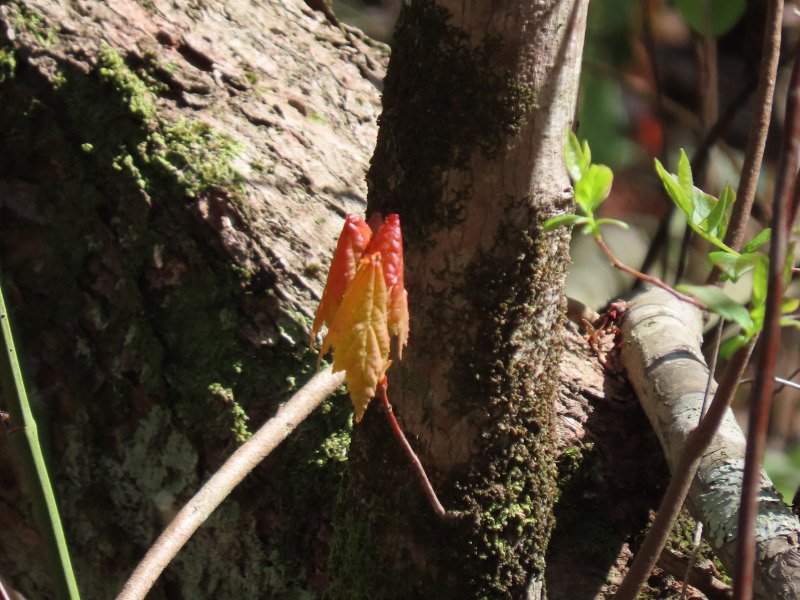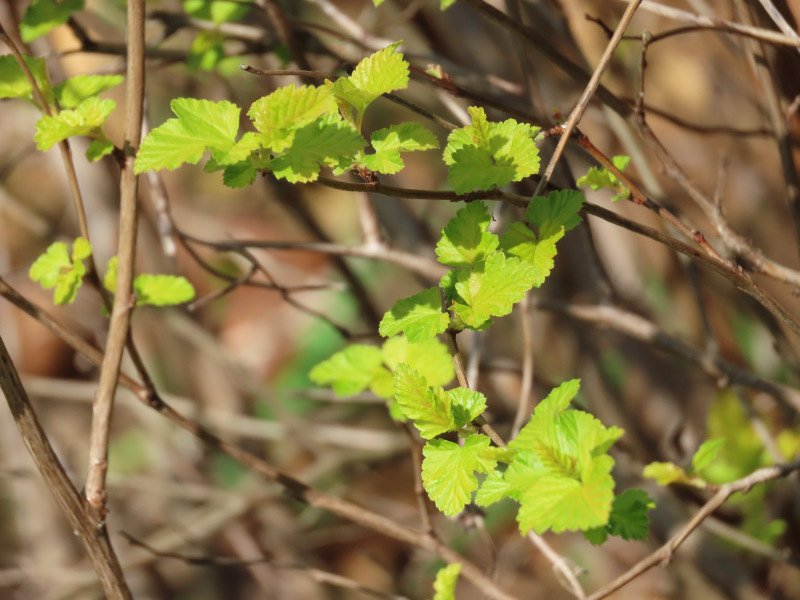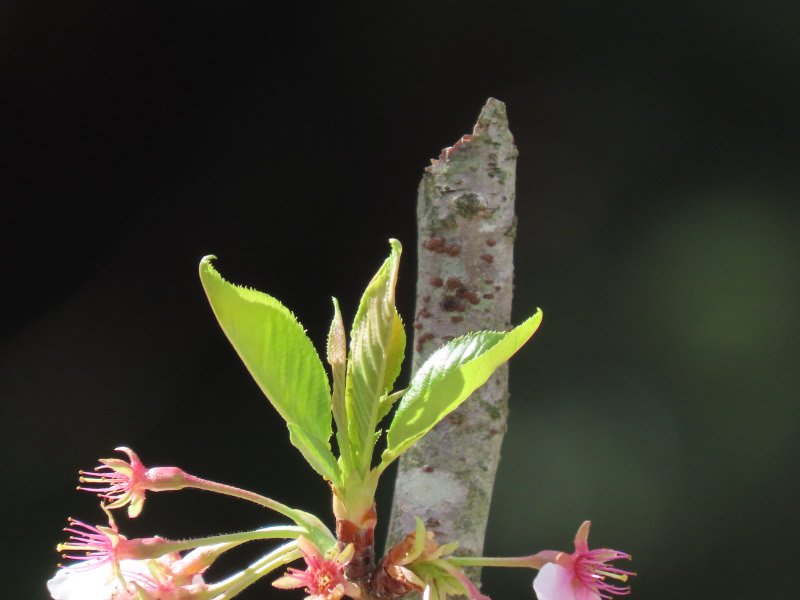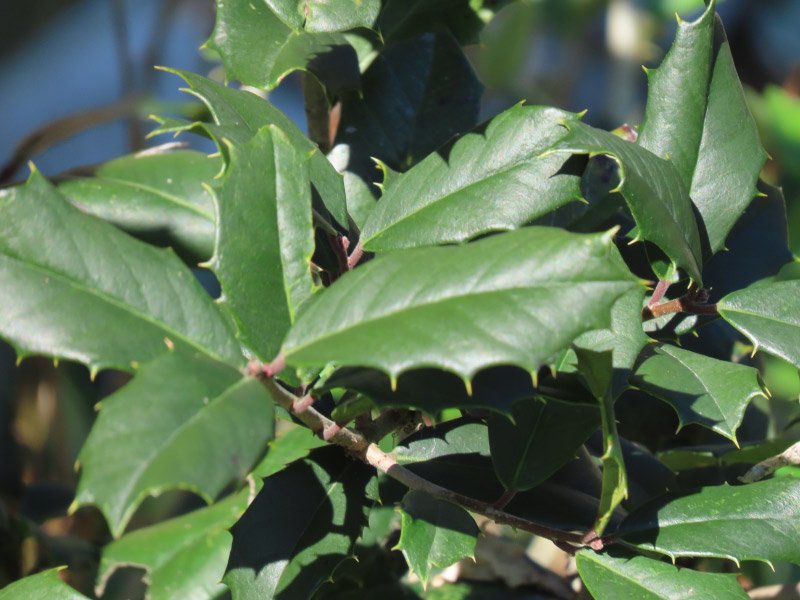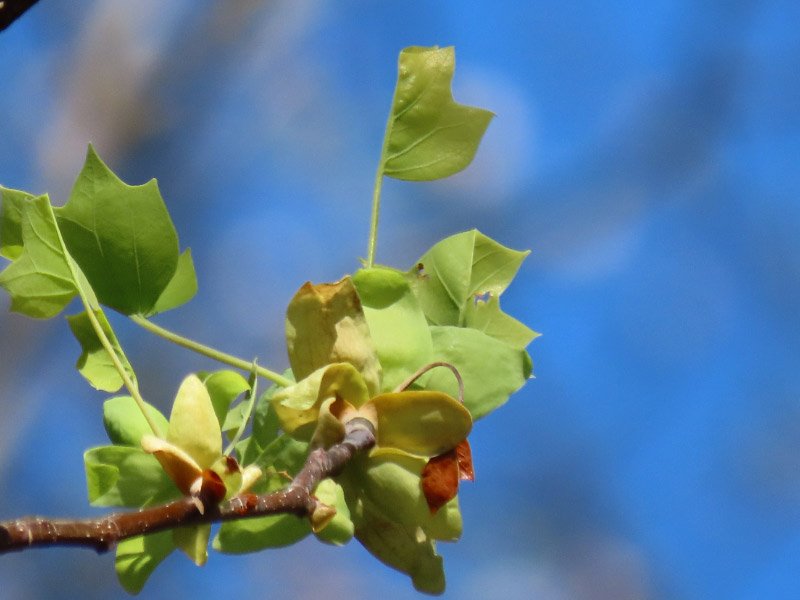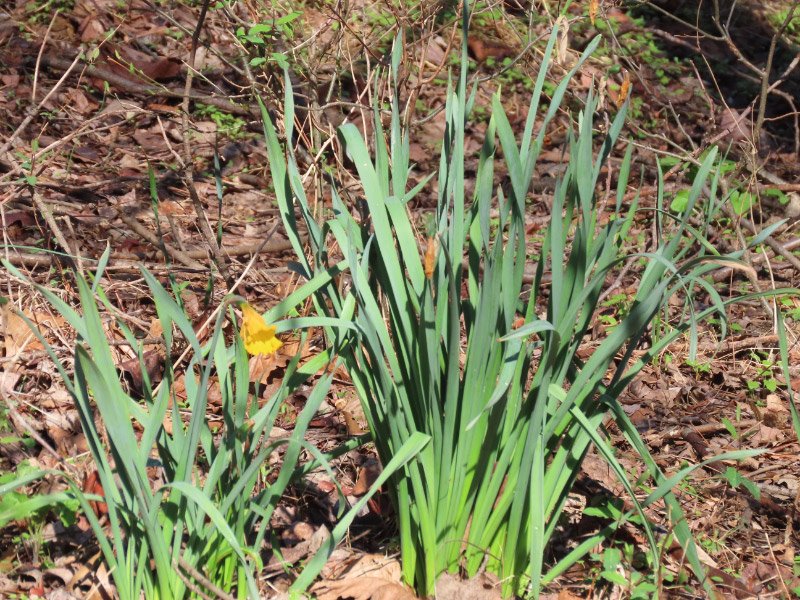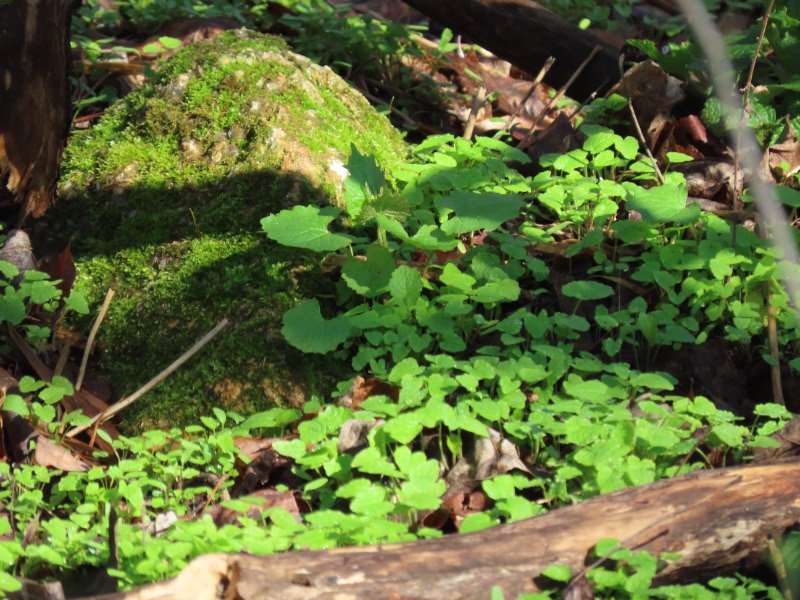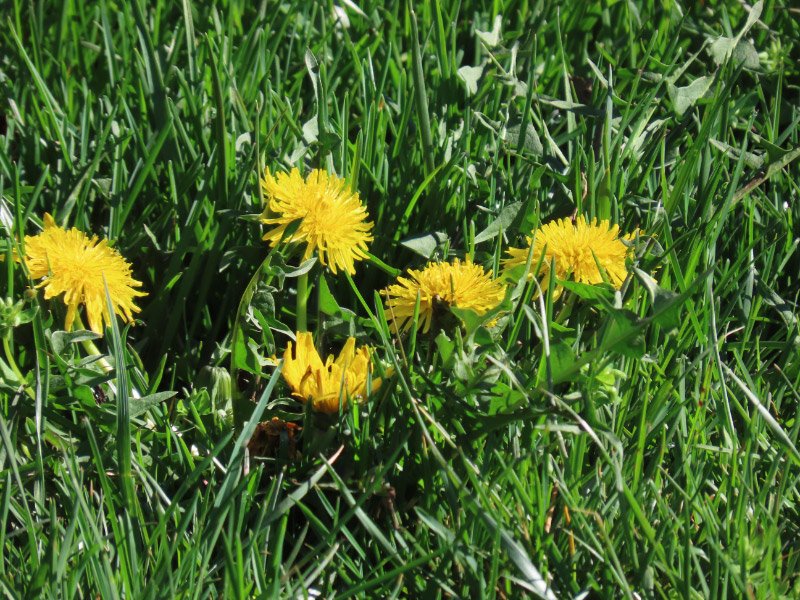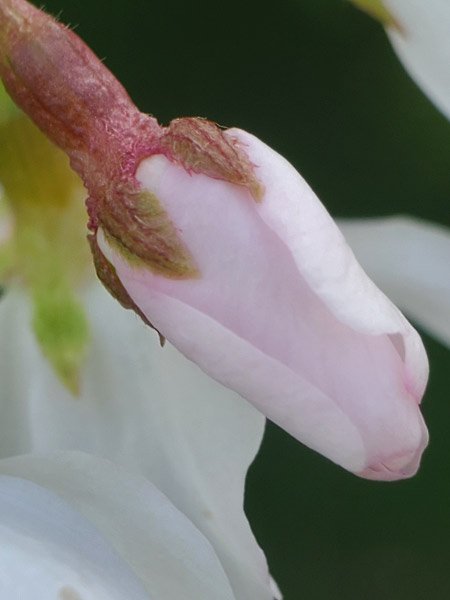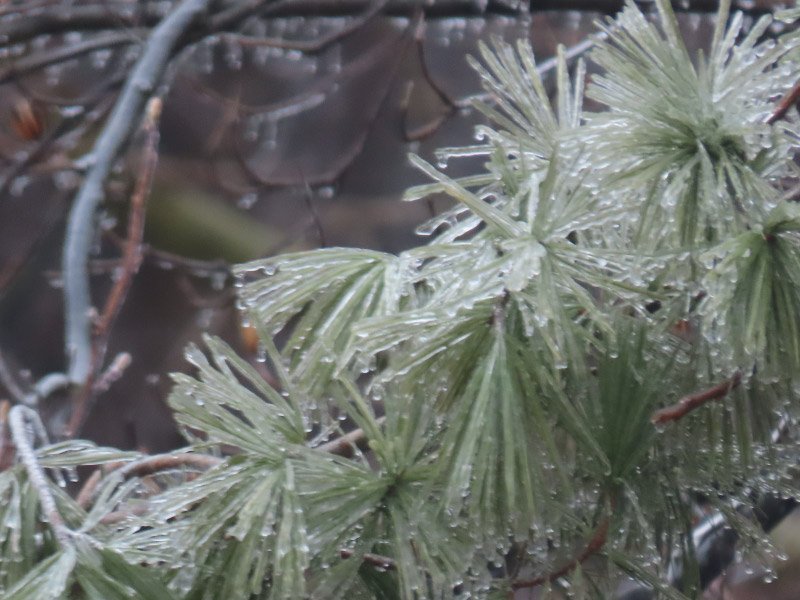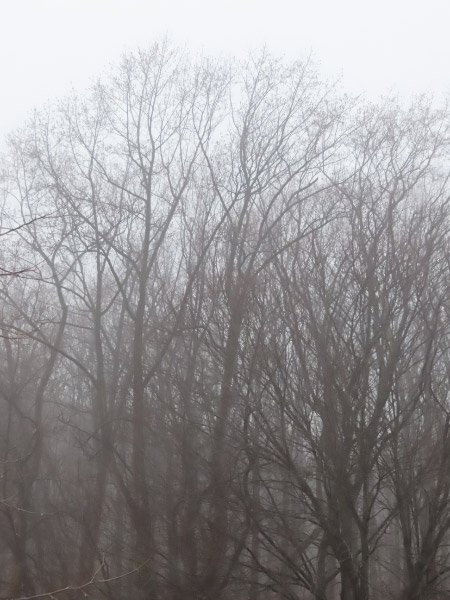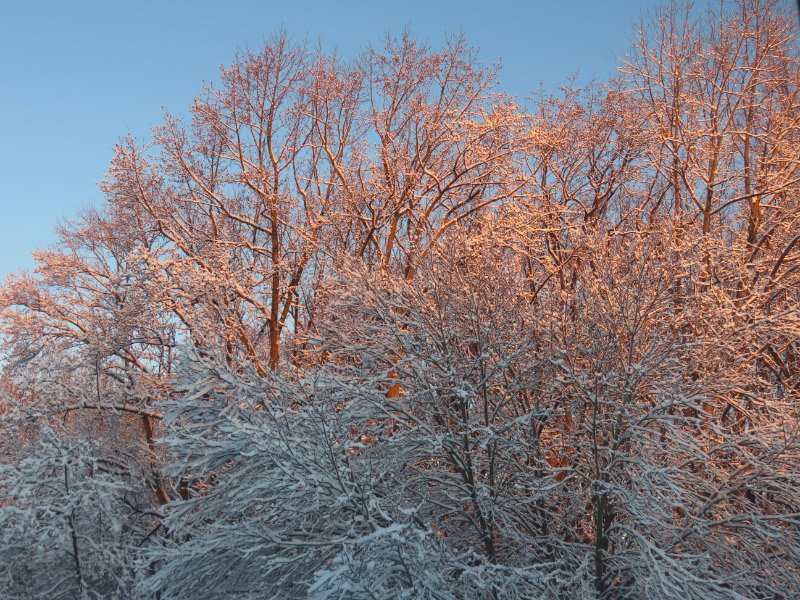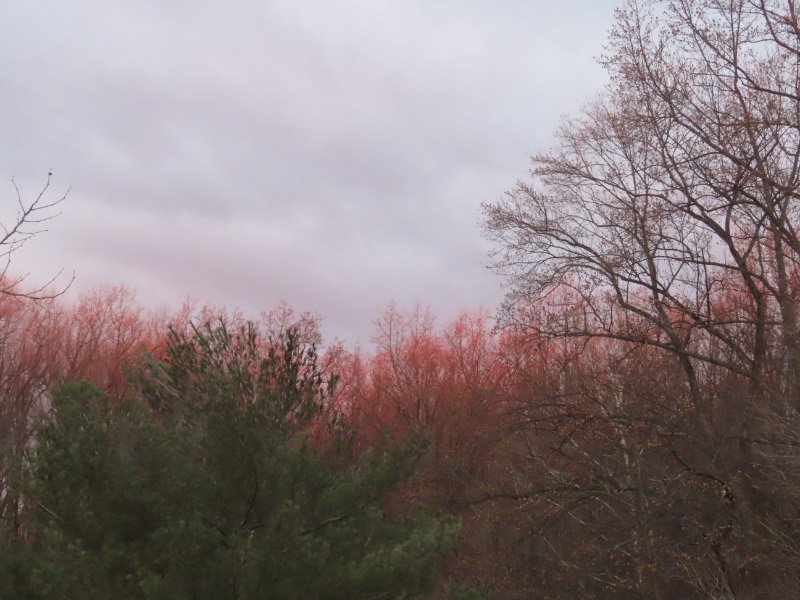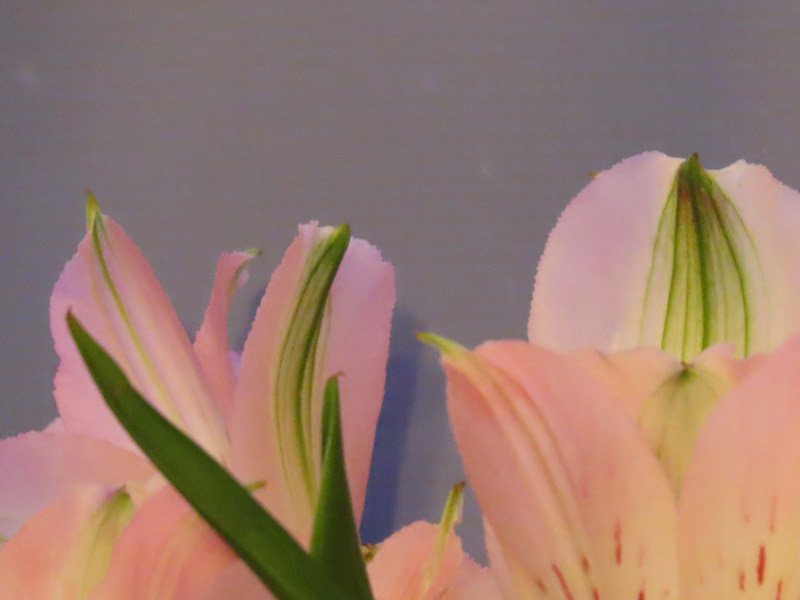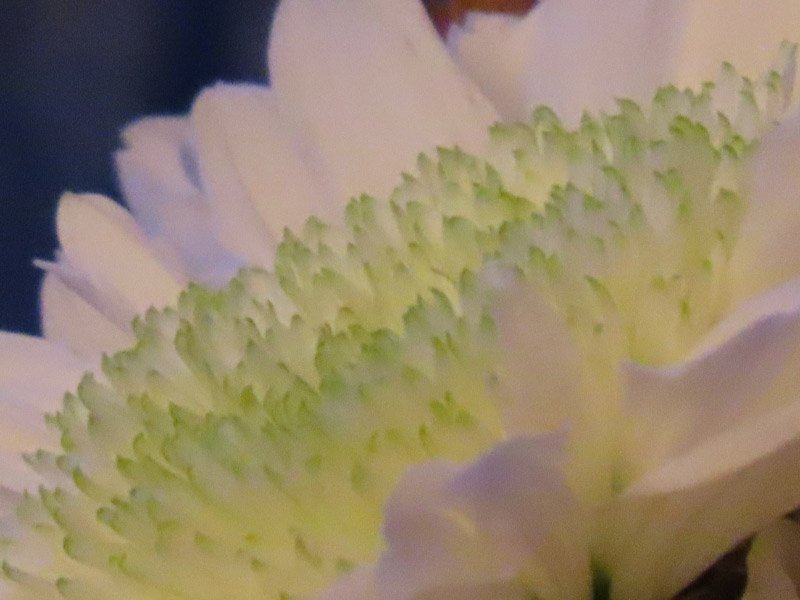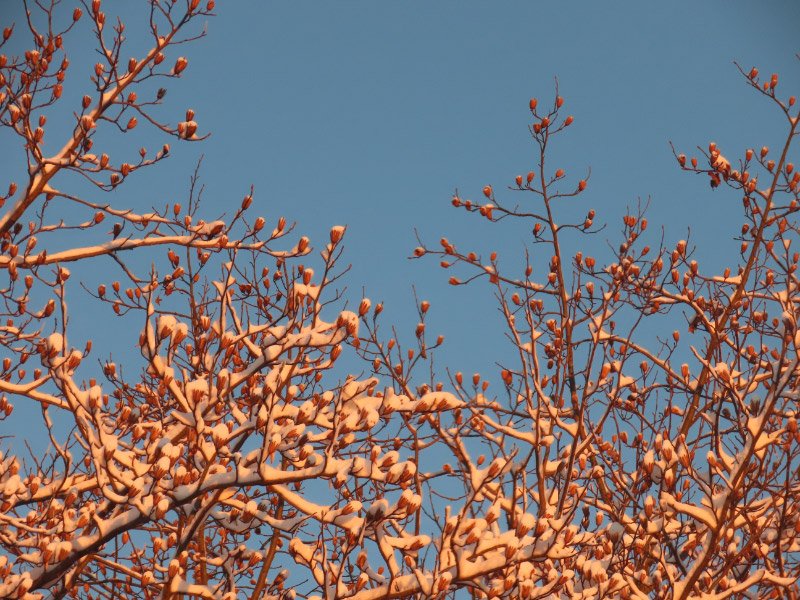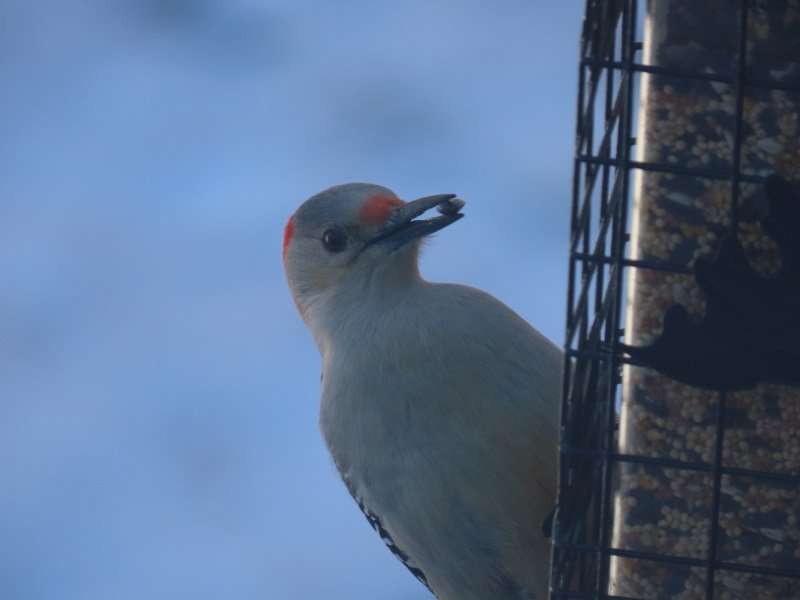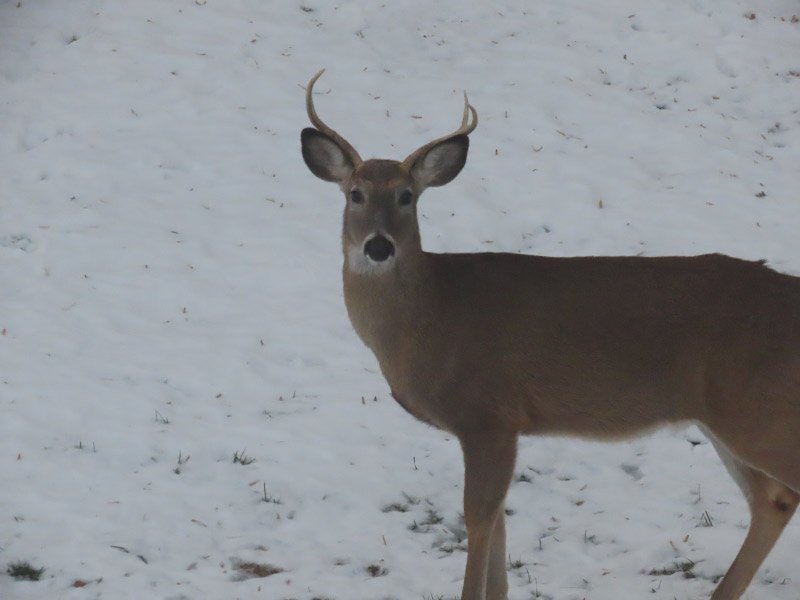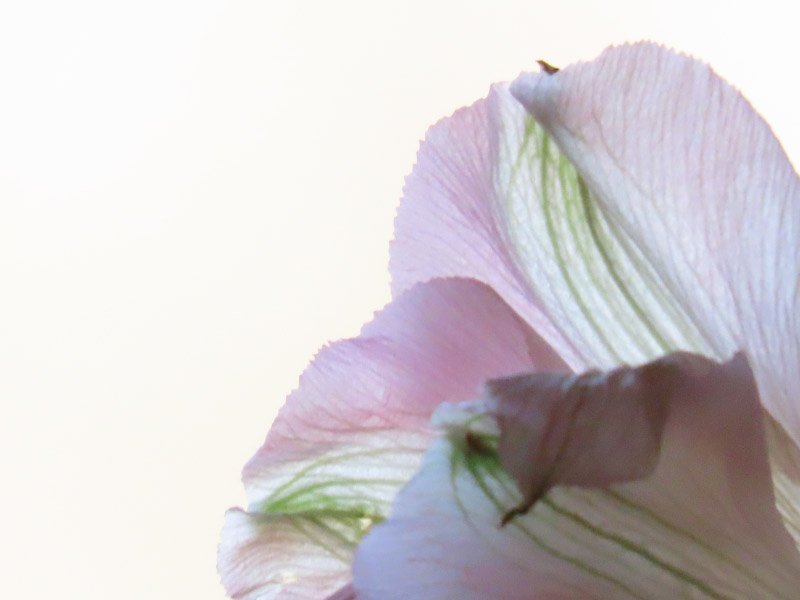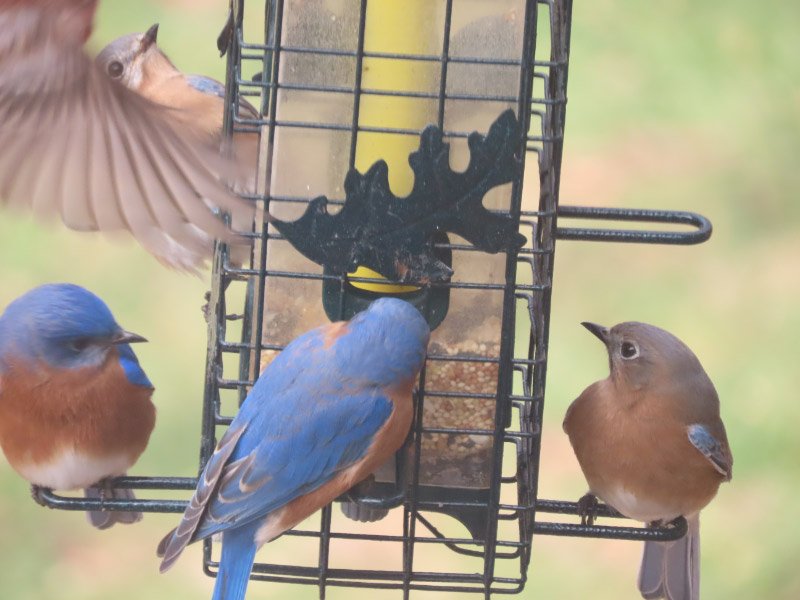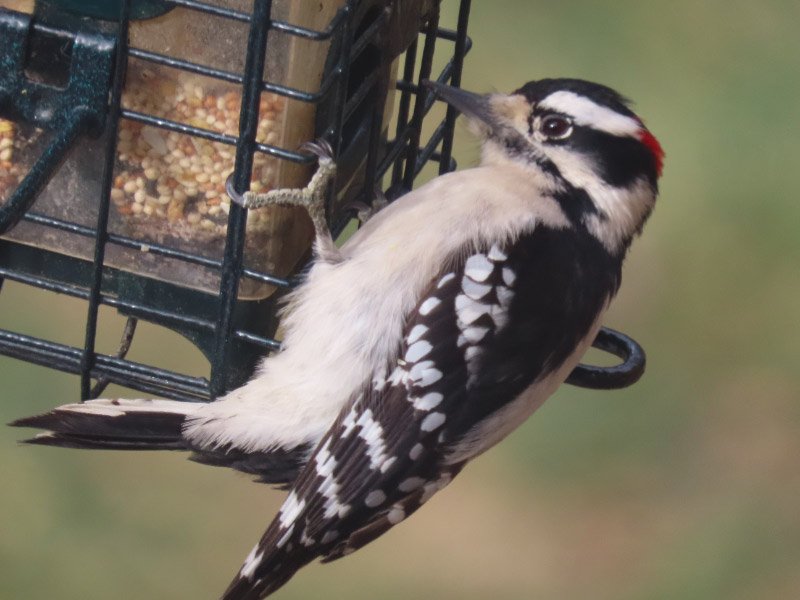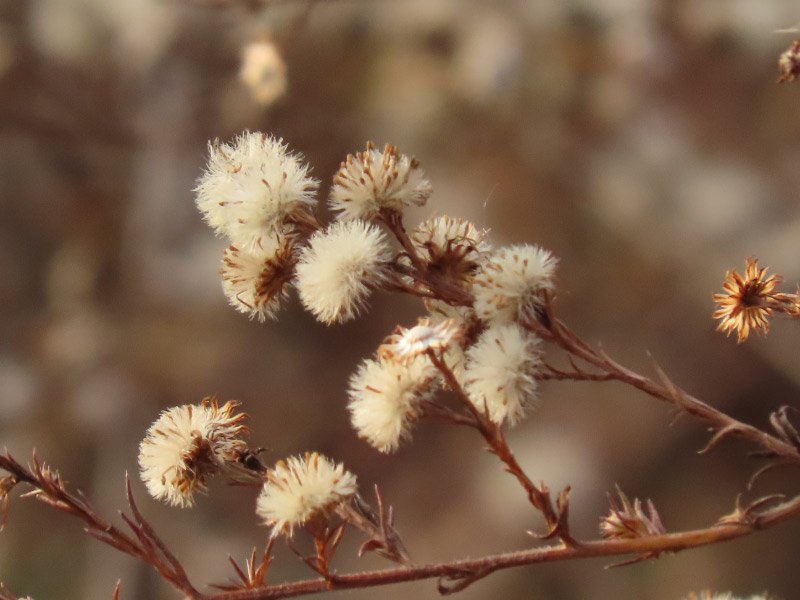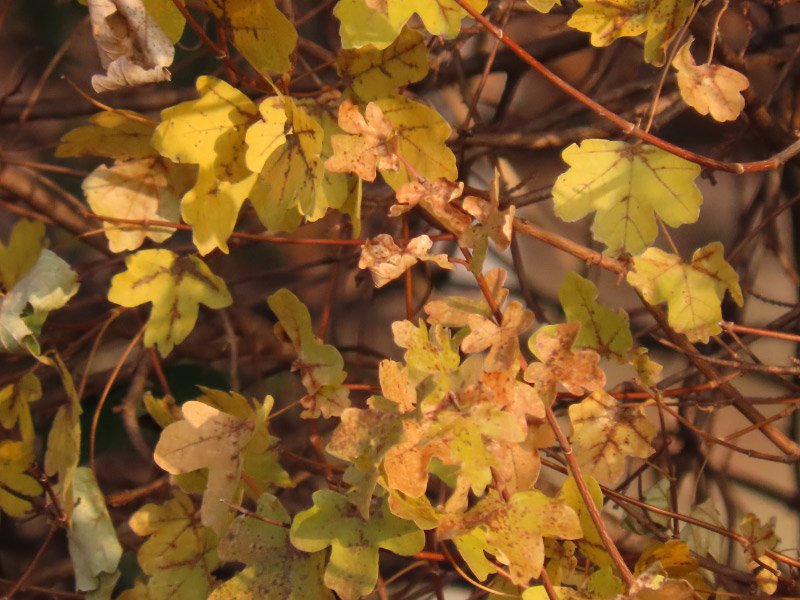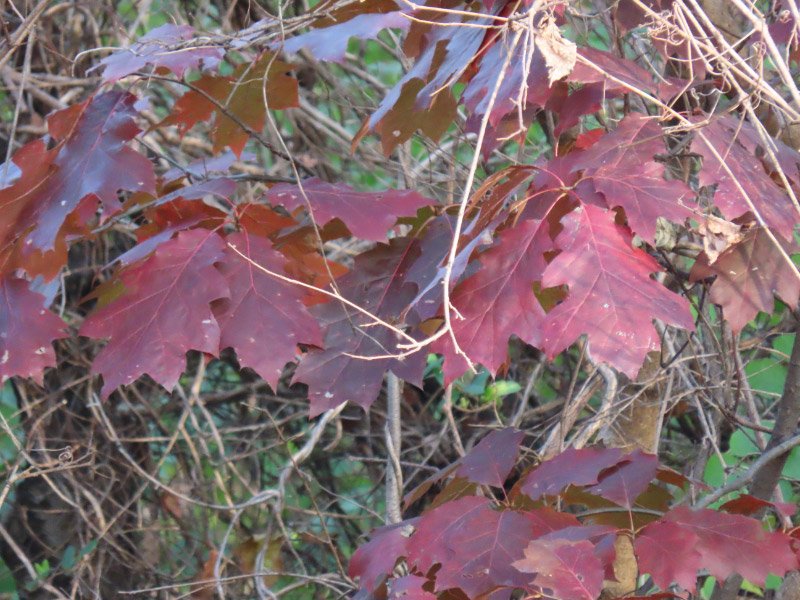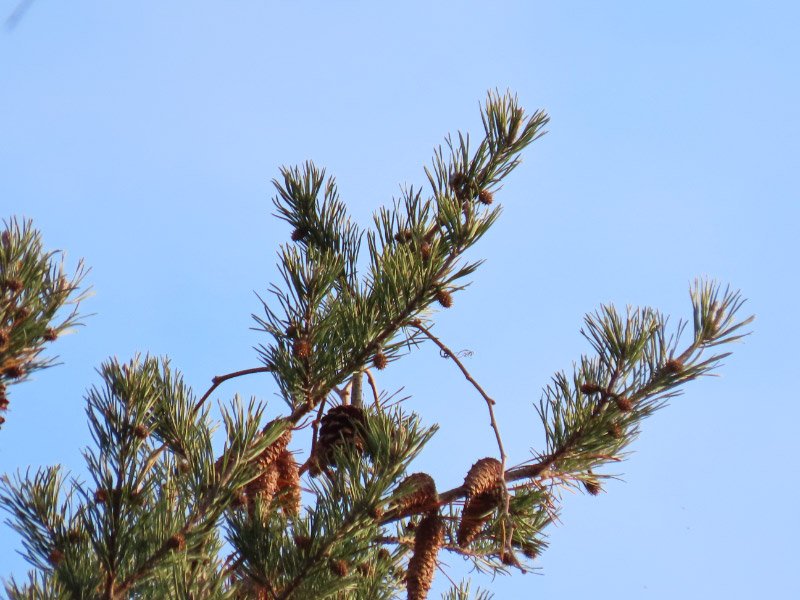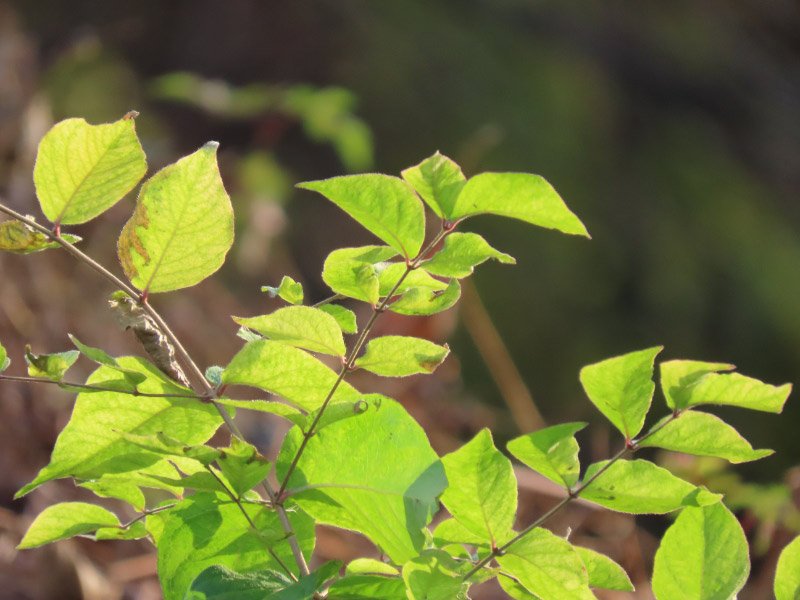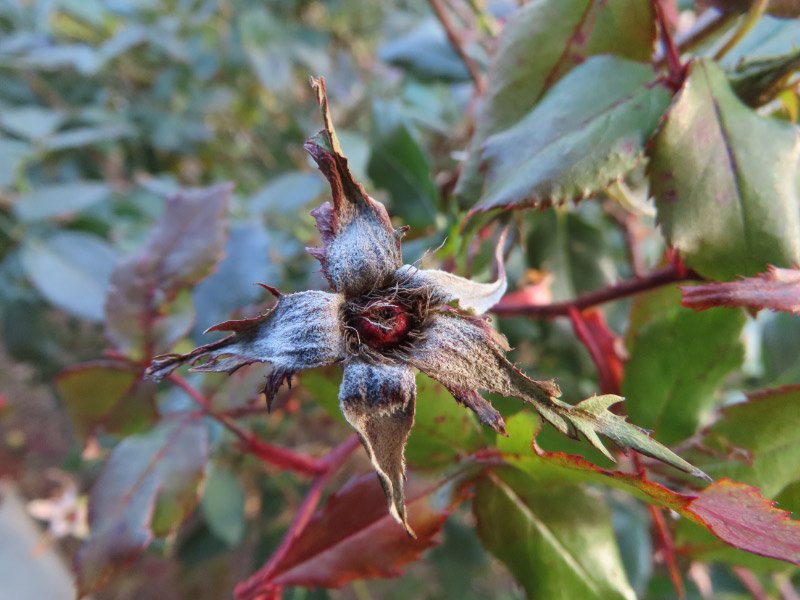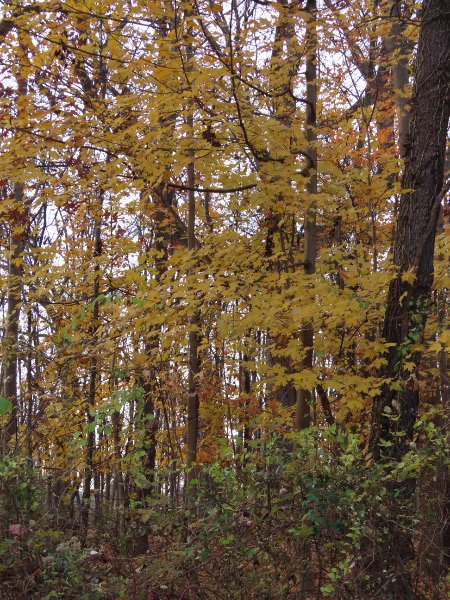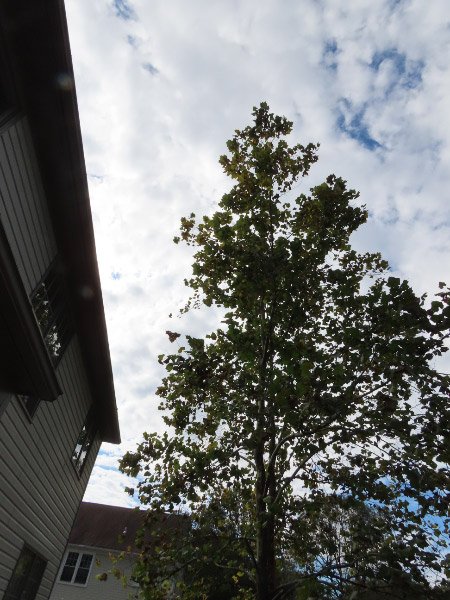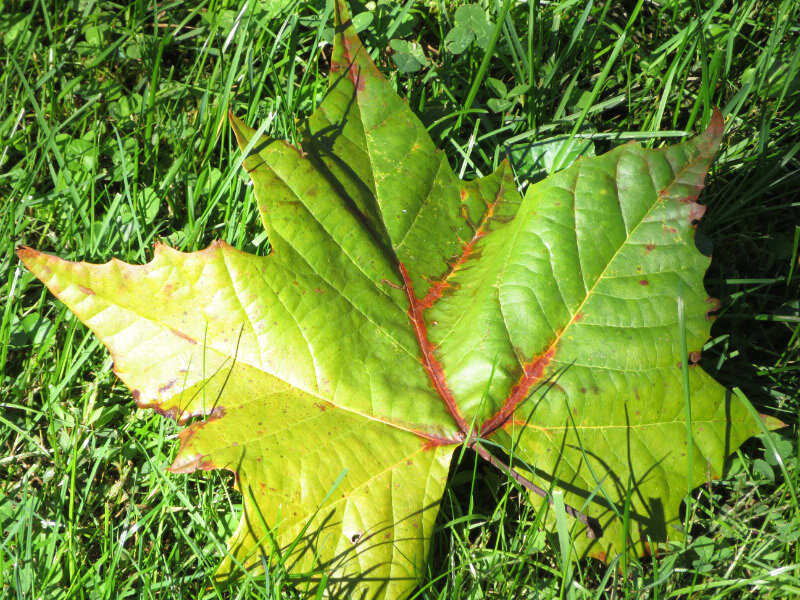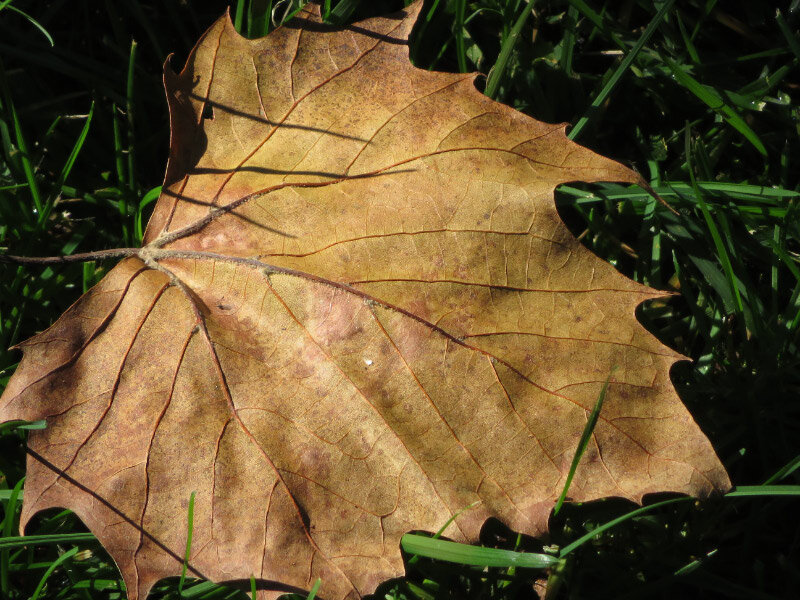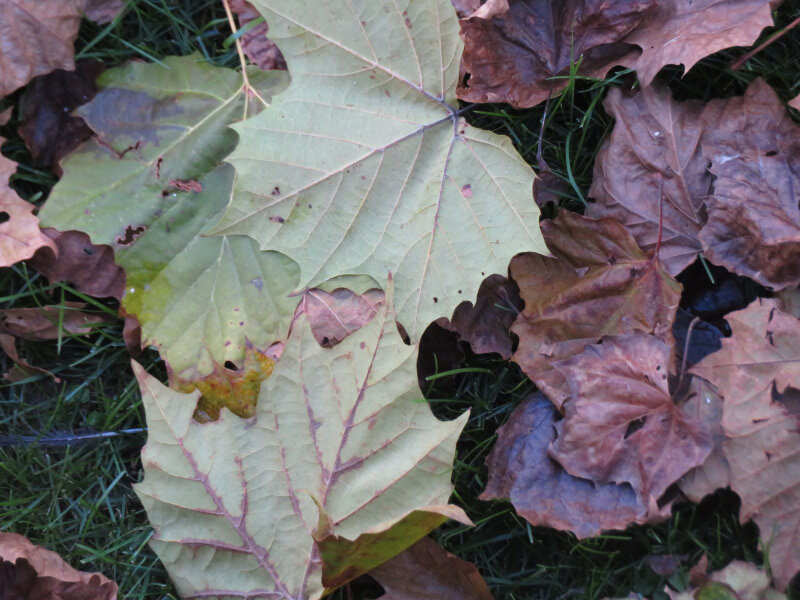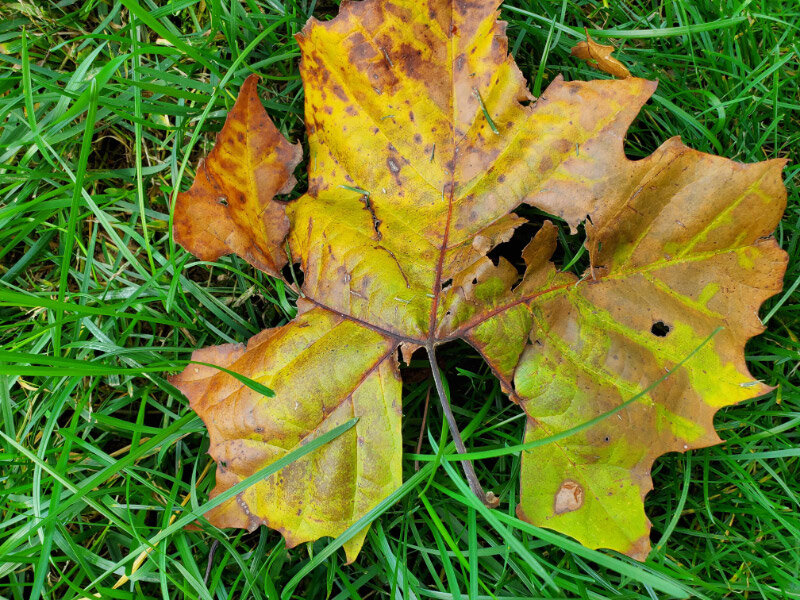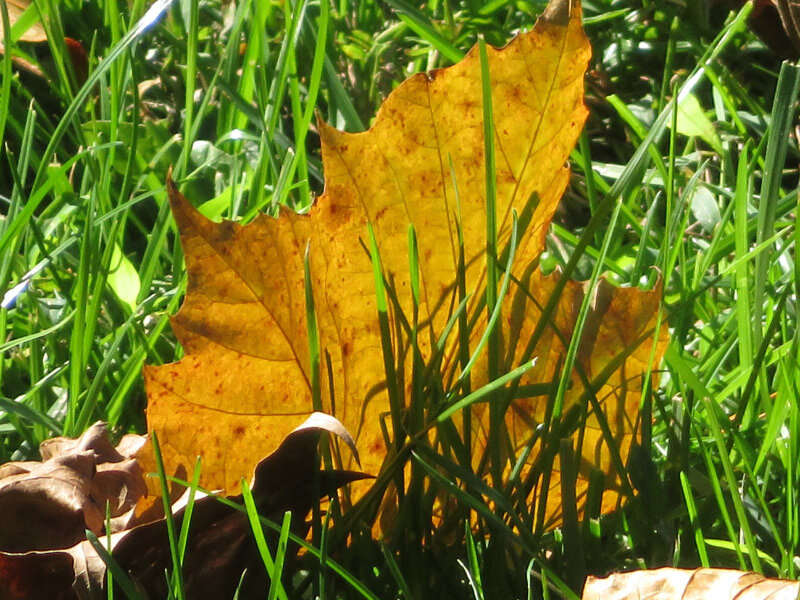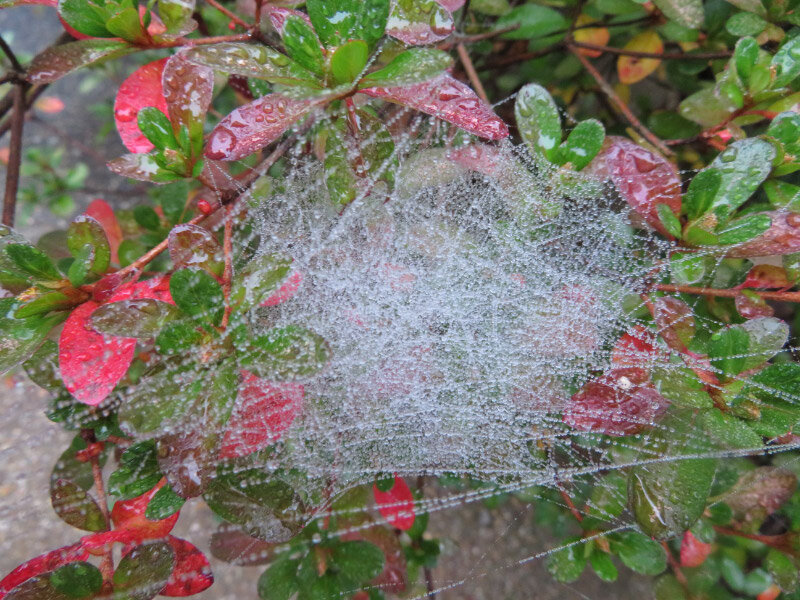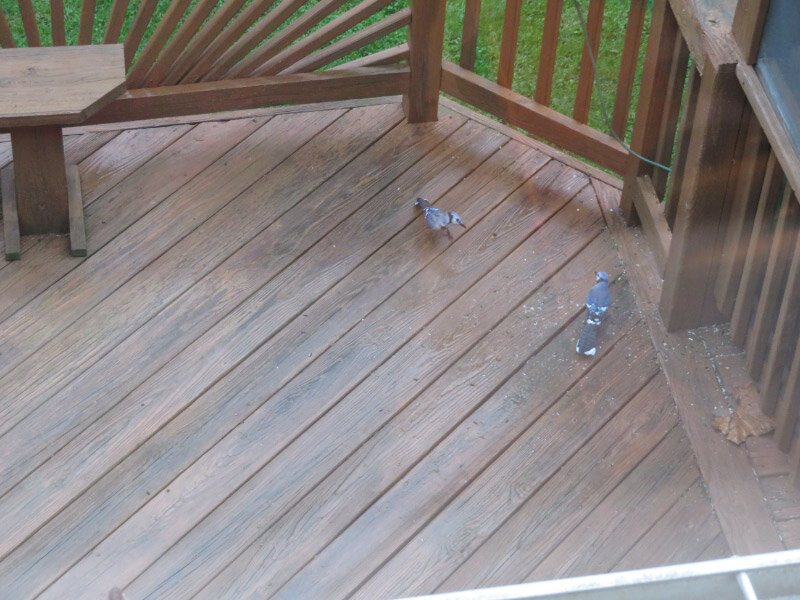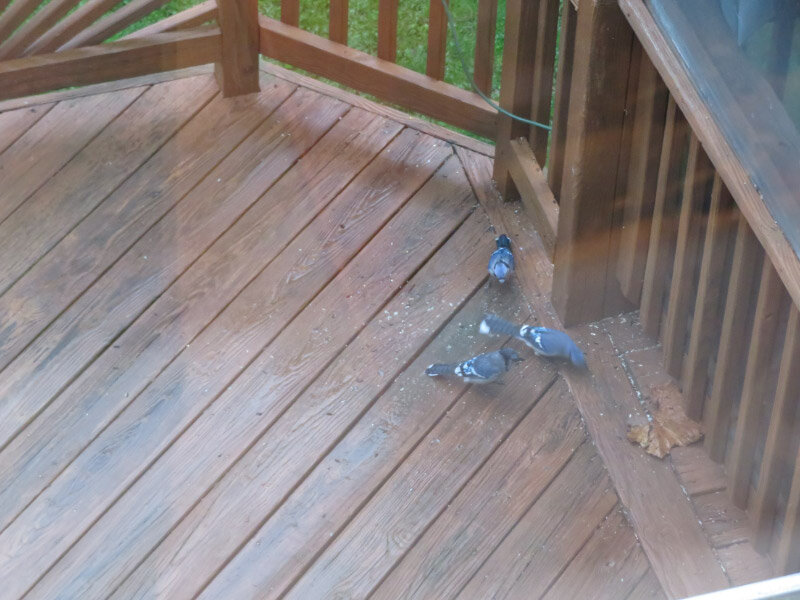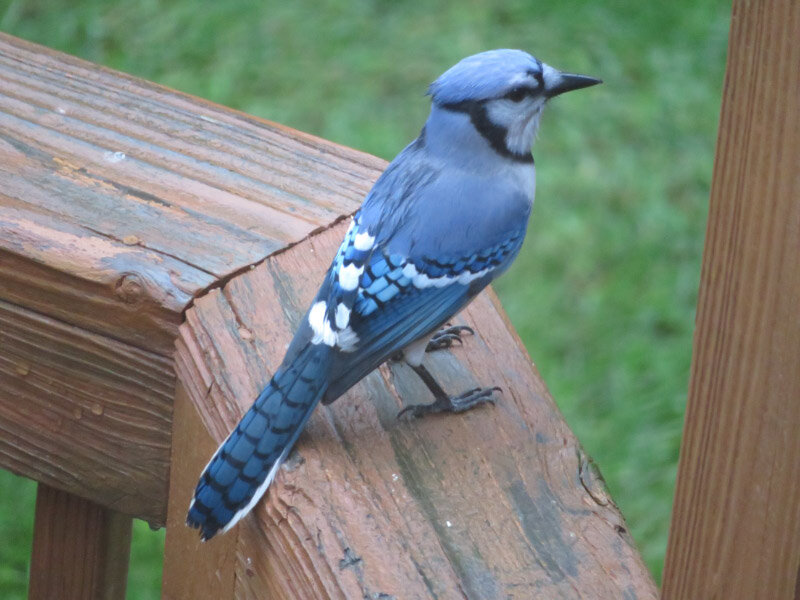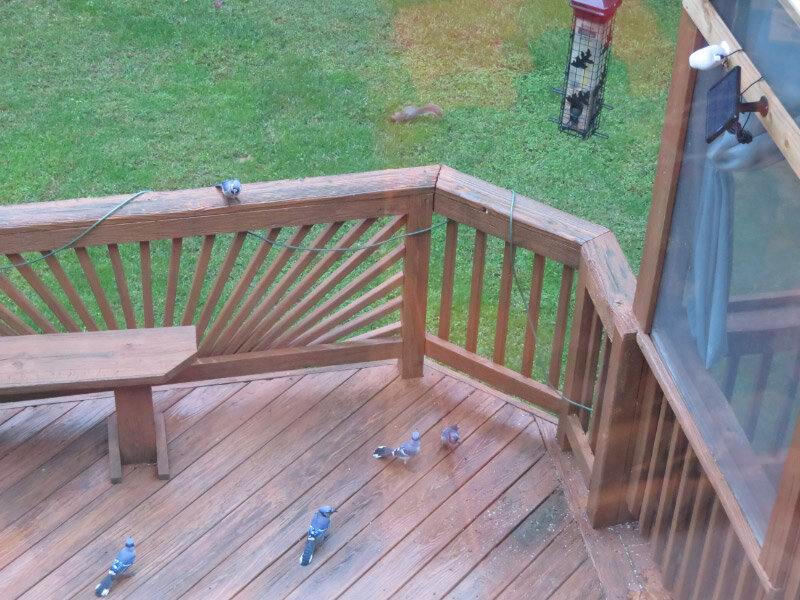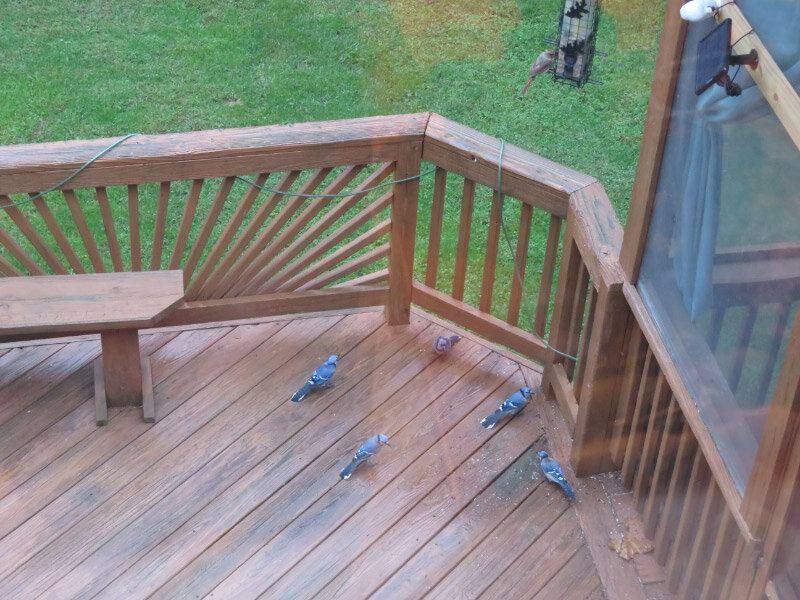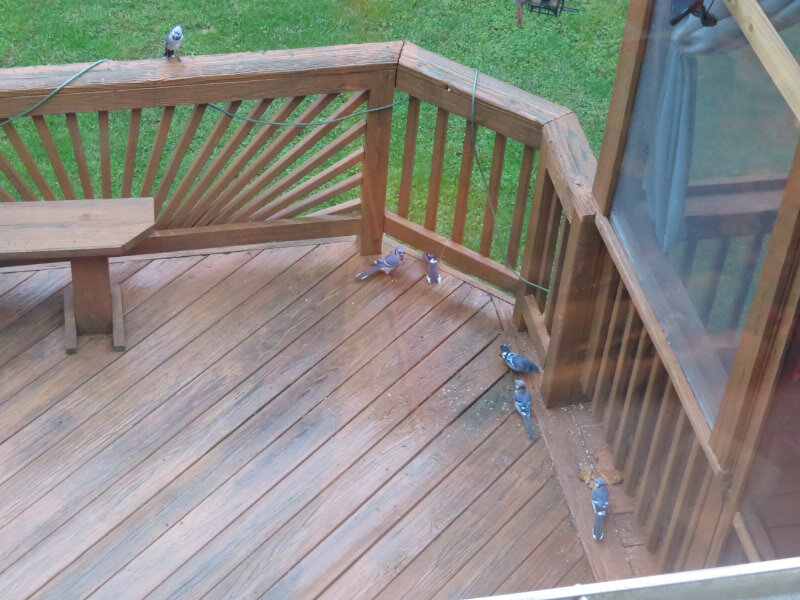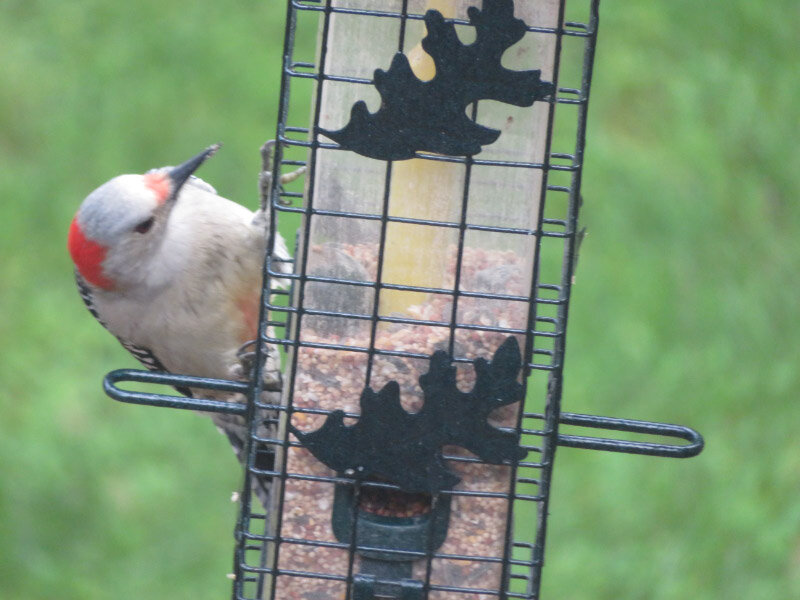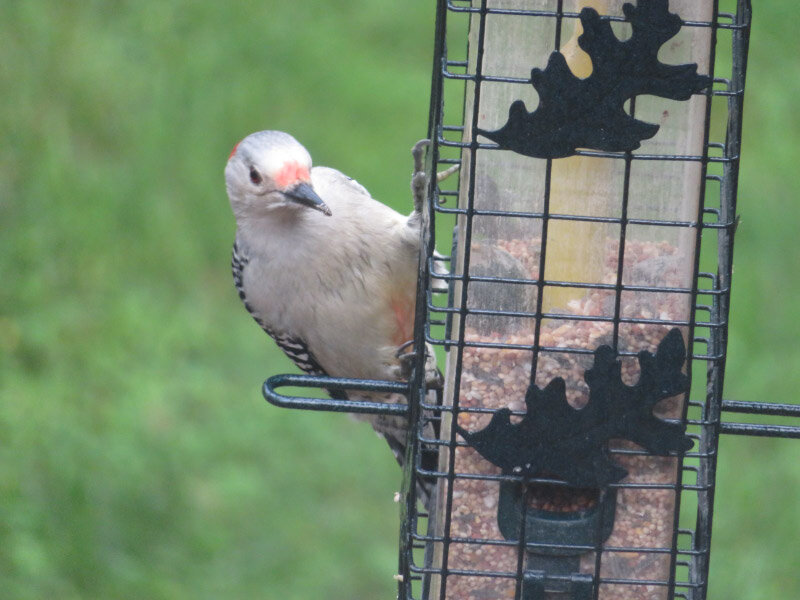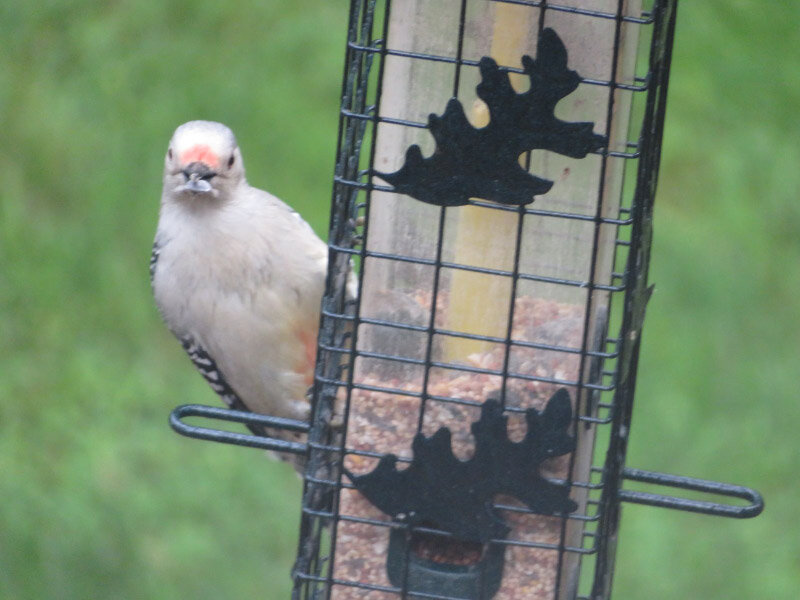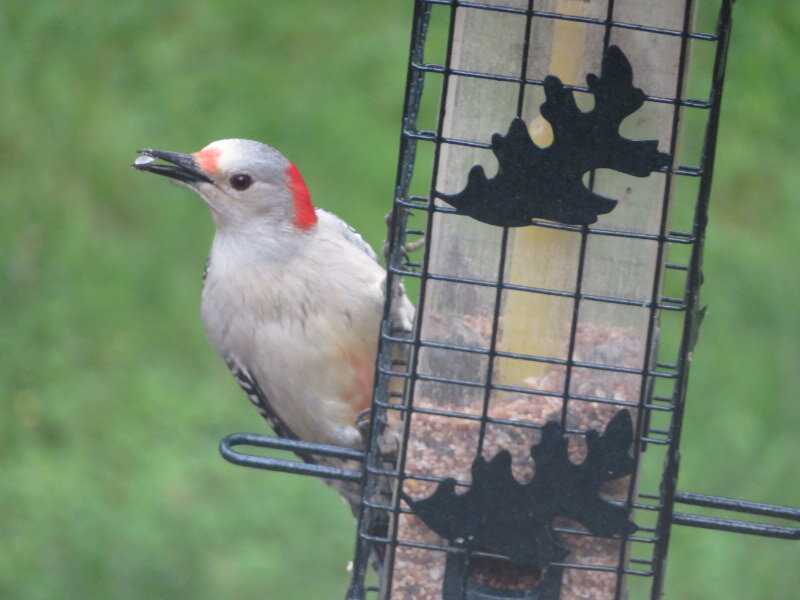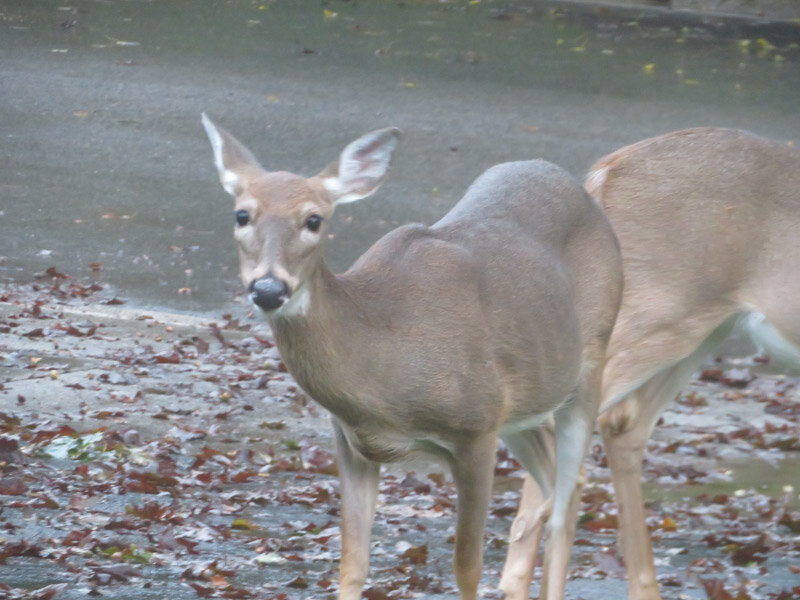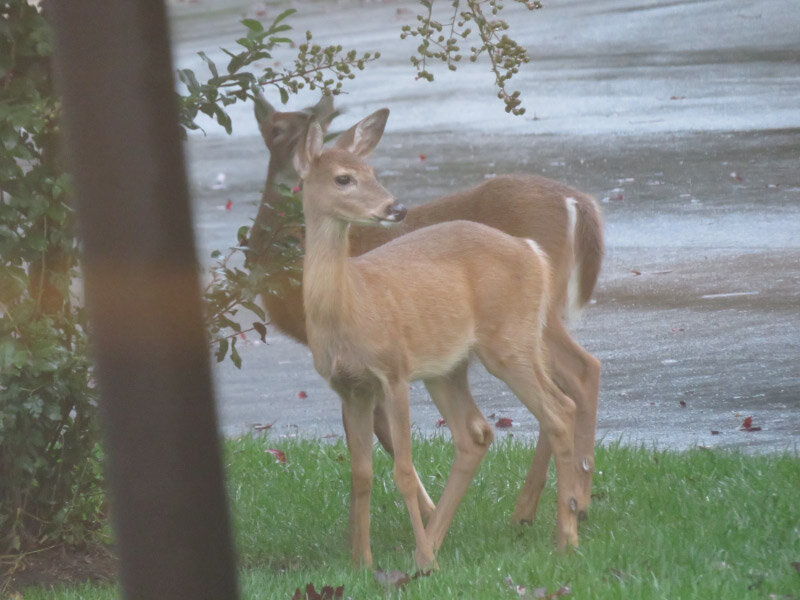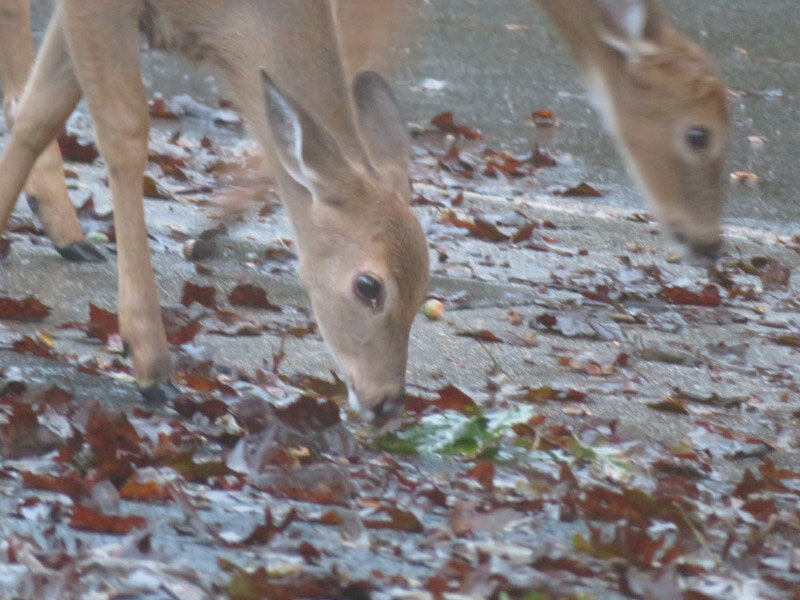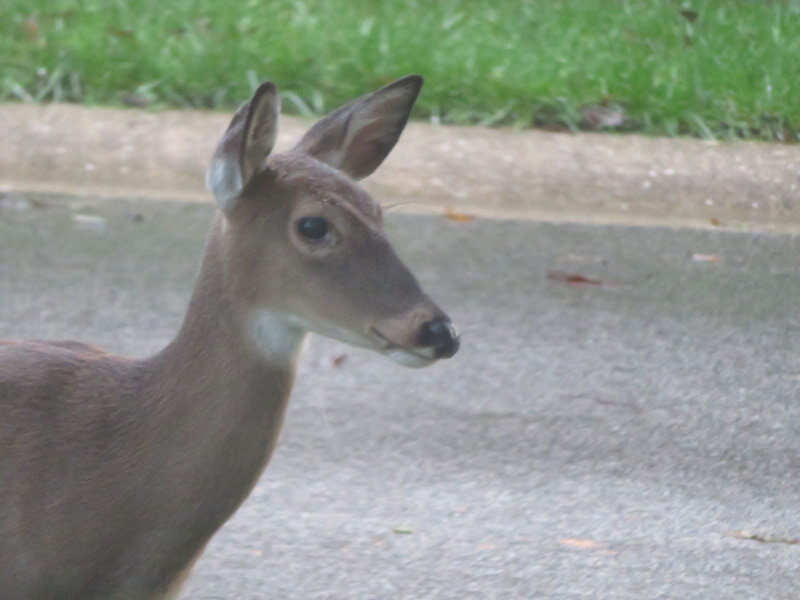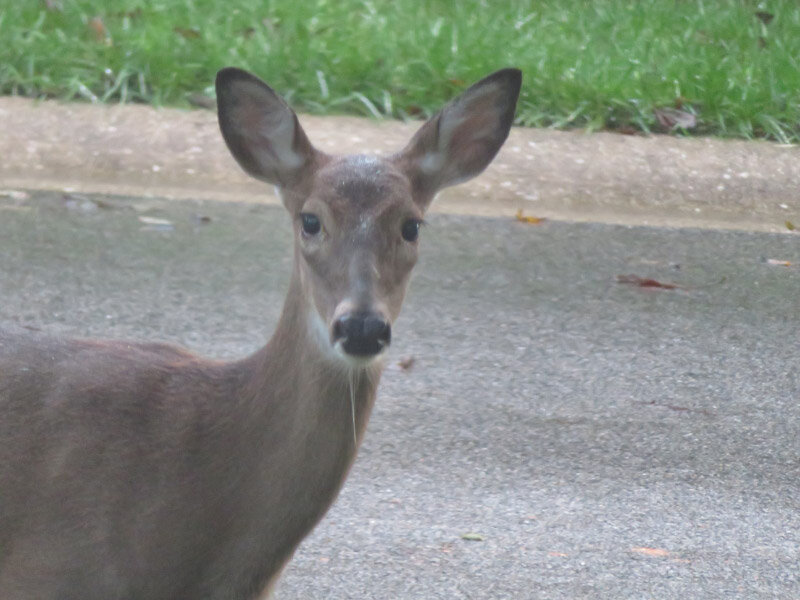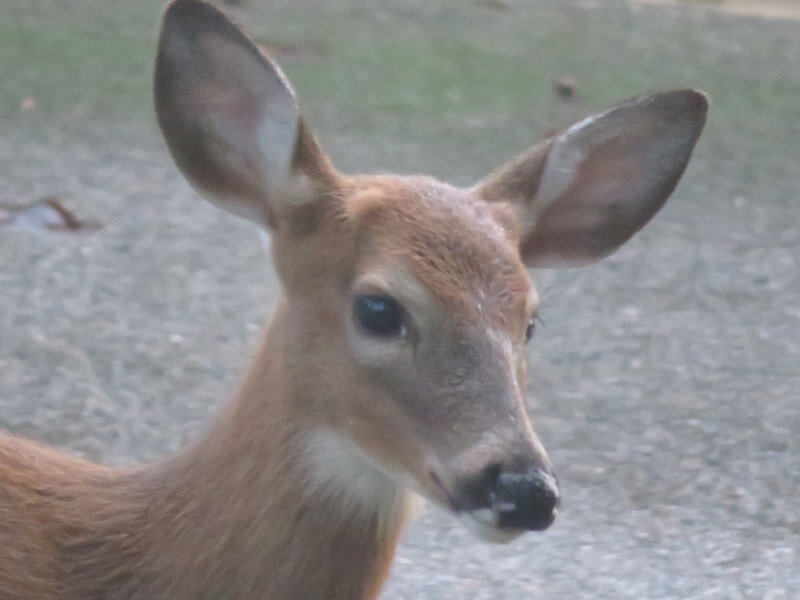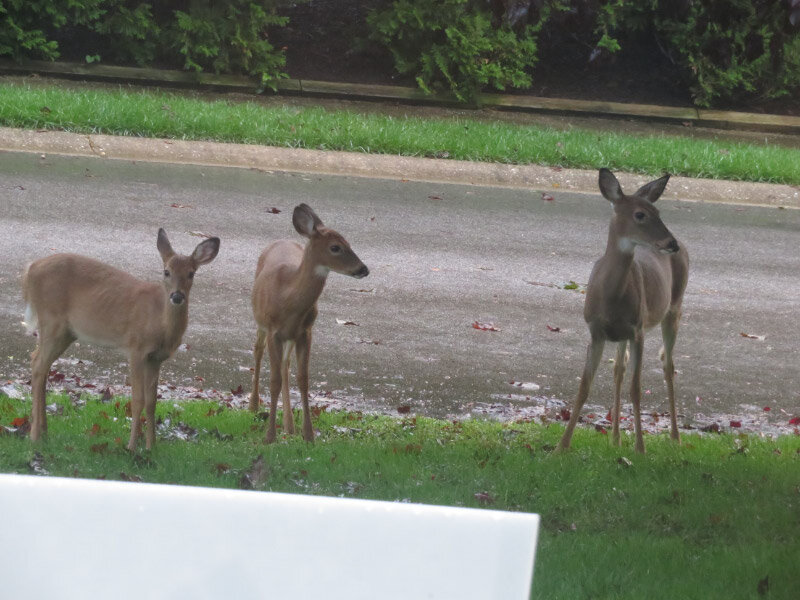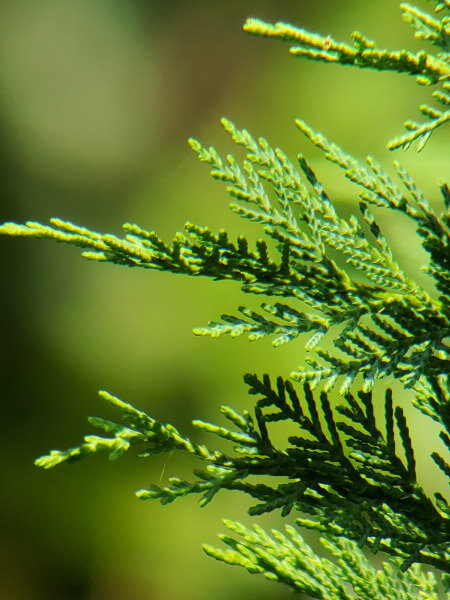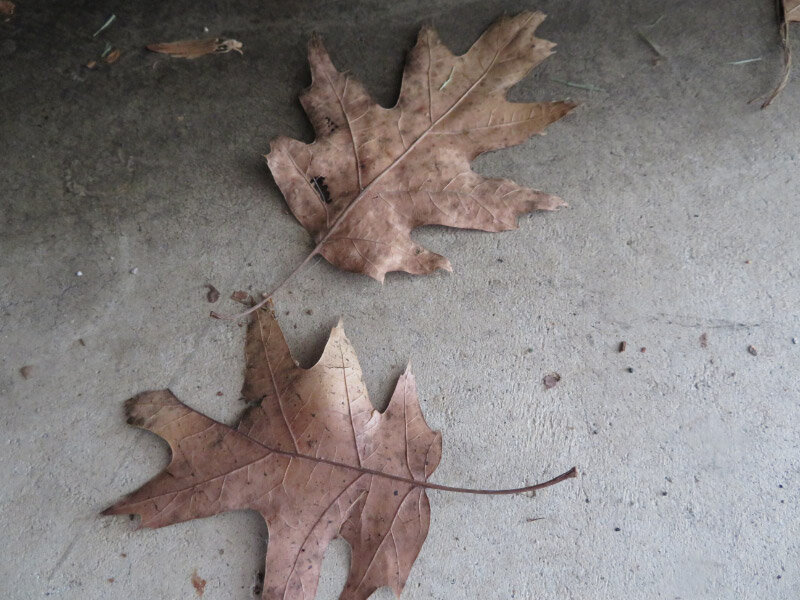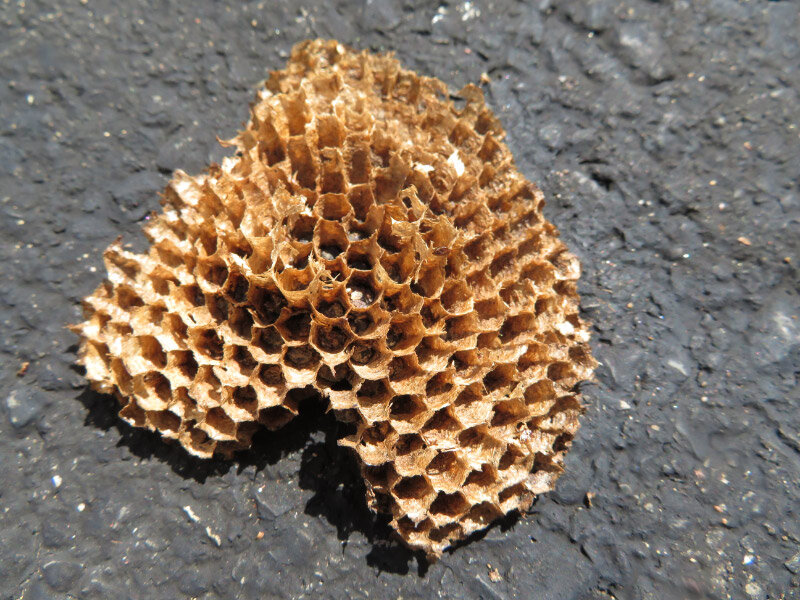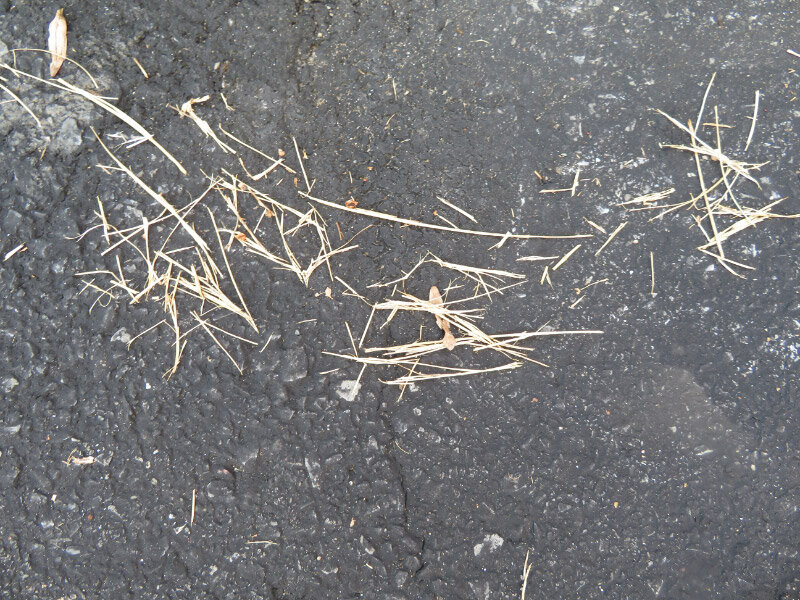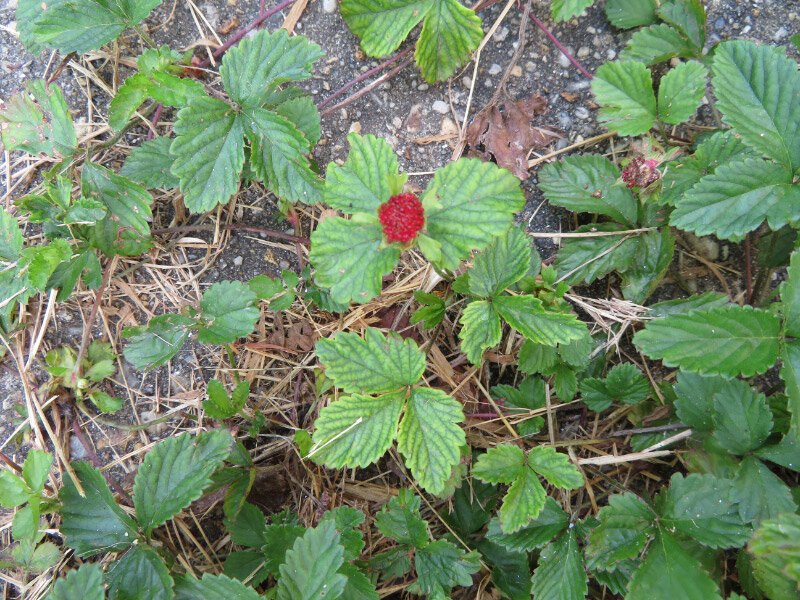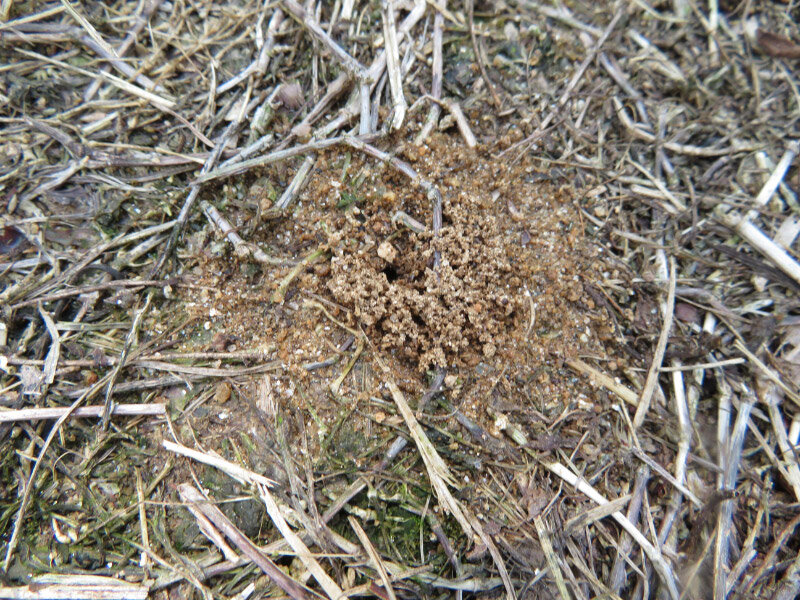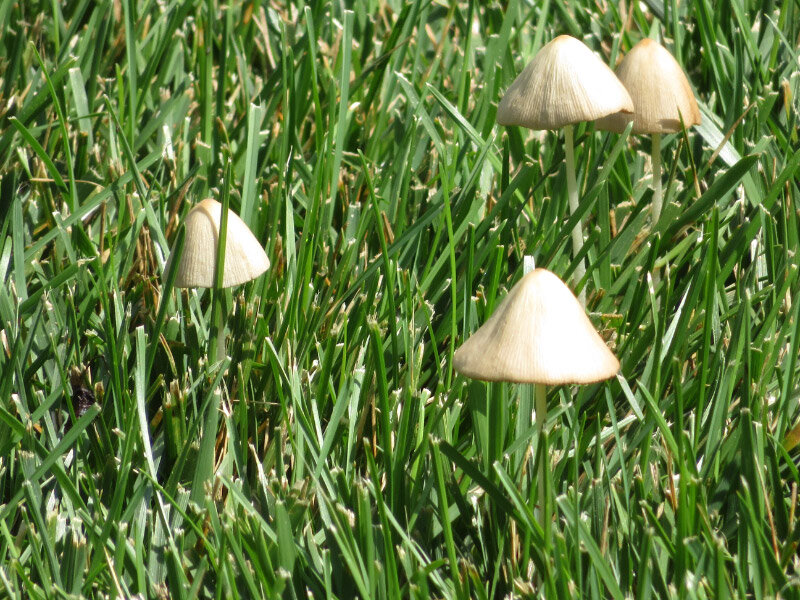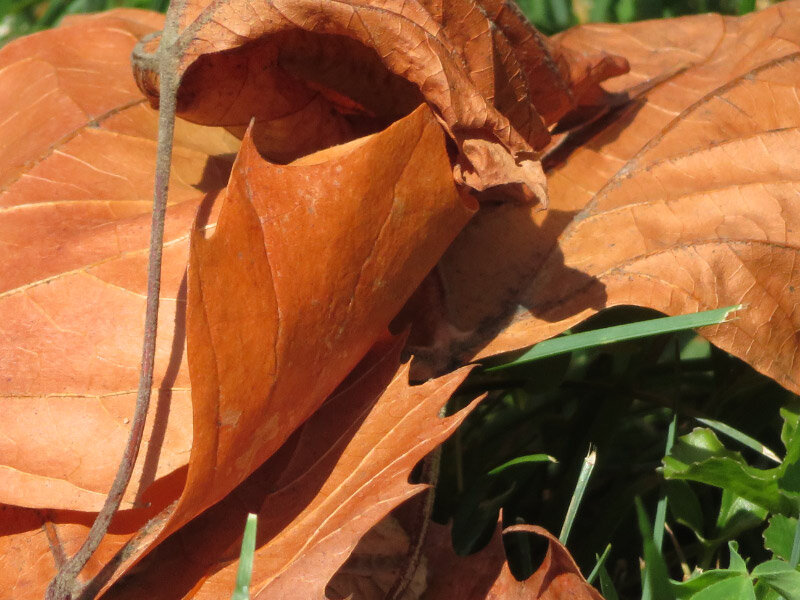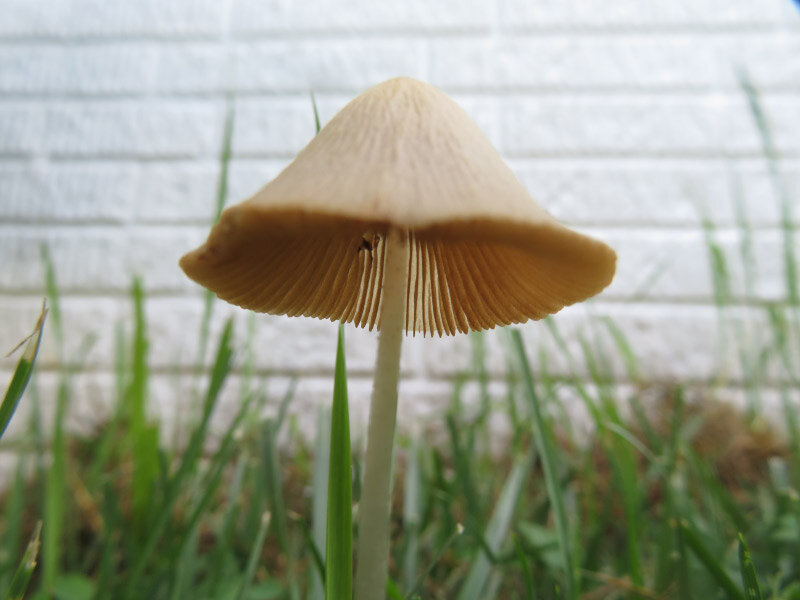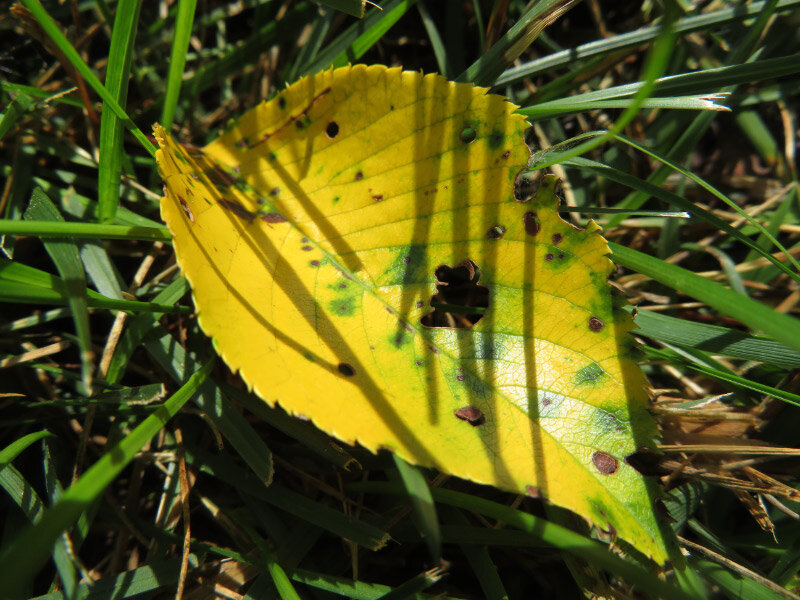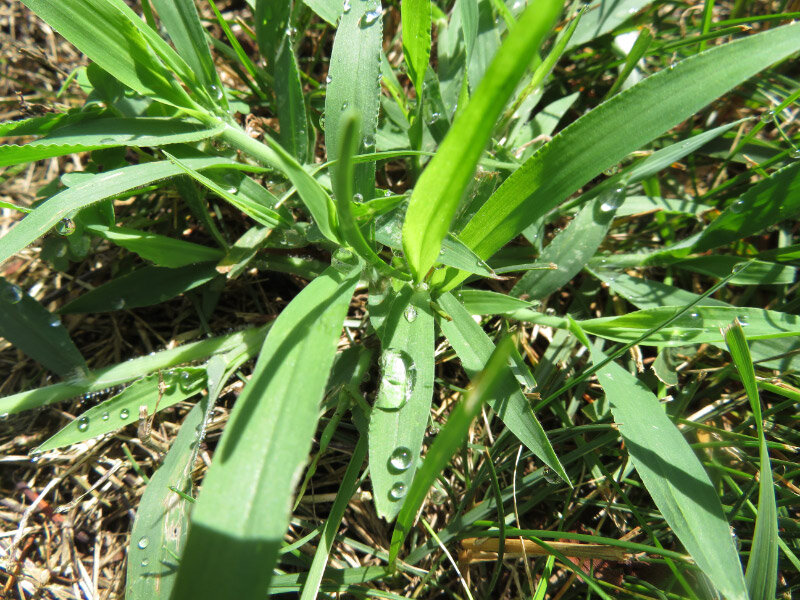Missouri Botanical Garden – June 2023 (2)
/There are aspects of the Missouri Botanical Garden that are not plants….but are part of the garden experience.
There are benches at handy intervals; it always seemed easy to find one in the shade! Maybe I will make a project of photographing more of the benches during some future visit.
The ceiling in the Sachs Museum is worth the few steps inside…check out whatever is being exhibited there too.
There is a statue of Henry Shaw, founder of the Missouri Botanical Garden near his mausoleum. He set out to create a major and lasting institution more than 150 years ago. He died in 1889 and the garden has continued to thrive in all the directions he initiated…has expanded in ways he could not have imagined. My first experience with the garden was via their Botanicus site where the Missouri Botanical Garden has been digitizing botanical books and making them available since 1995; I found the site in 2009 and have been browsing their books (mostly via the Internet Archive interface). Visiting the garden is something I have wanted to do for a long time.
The Japanese Rock Garden areas around the water feature have smooth curves created with a rake…and there are Japanese lanterns too. A Great Blue Heron flew to a large rock in the center of the water feature and began to preen; the Canada goose in the background is doing the same.
In the Chinese Garden there are mosaics made with small stones as well as the traditional lions at the entrance.
I liked the bench around a tree. It reminded me of the one at Longwood Gardens when my daughter was young; we used it as a resting place where she could easily get up to run into the mists when the big fountains came on (it was a warm day); and then it was gone as part of the fountain renovation. I savored that memory sitting on this bench half the country away from Longwood (near Philadelphia).
There are small sculptures of wildlife too: wood ducks in the forest, butterflies in the butterfly garden….
Geese and racoons as part of fountains.
A purple martin house looked almost full.
One of the green areas had a ‘Mowbot’ to keep it trimmed.
At the end – I took pictures of the floor in the visitor center…familiar leaf shapes: horse chestnut, tulip poplar, sweet gum.
Looking back, it was a good ‘first visit’ – but I already want to go again!



